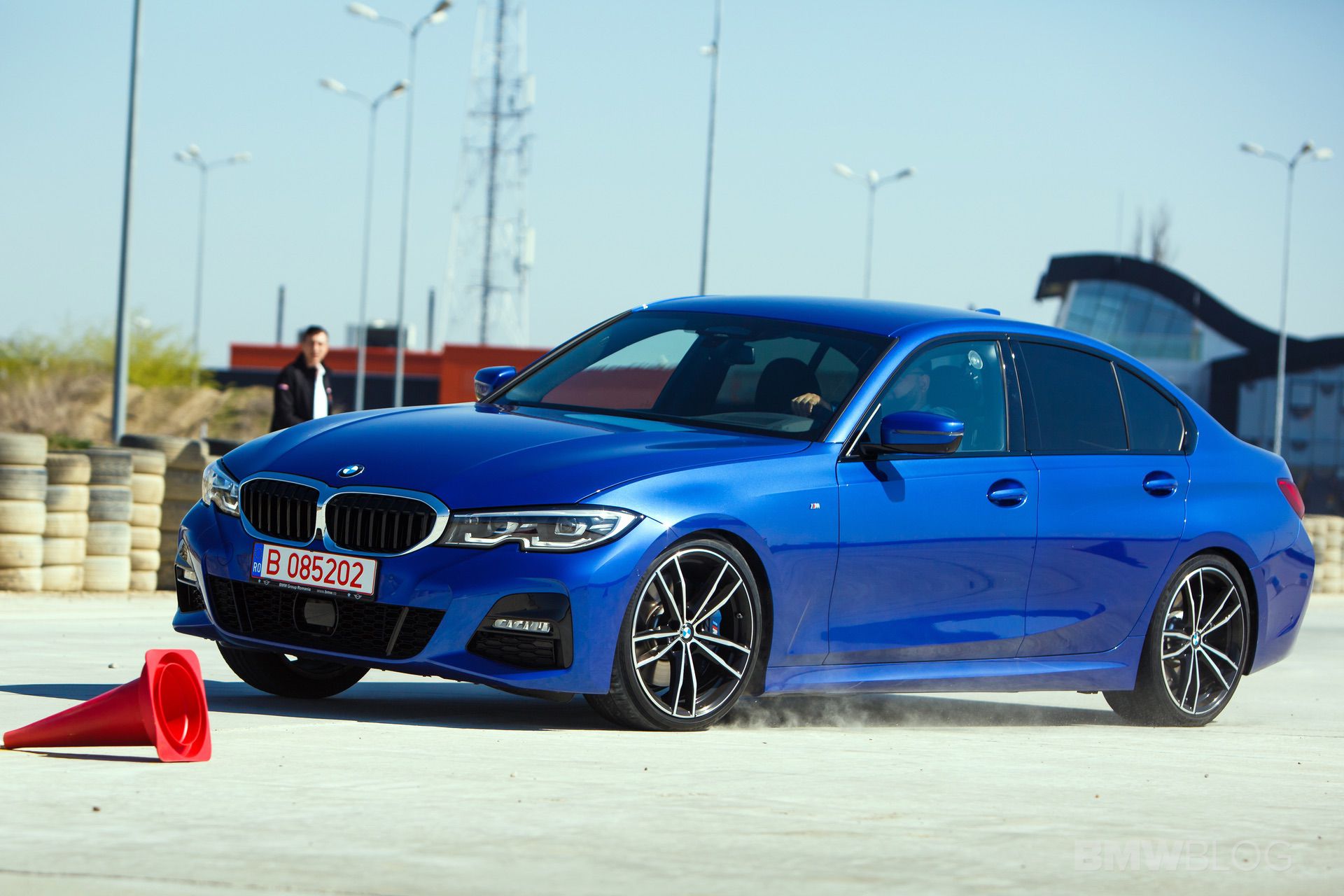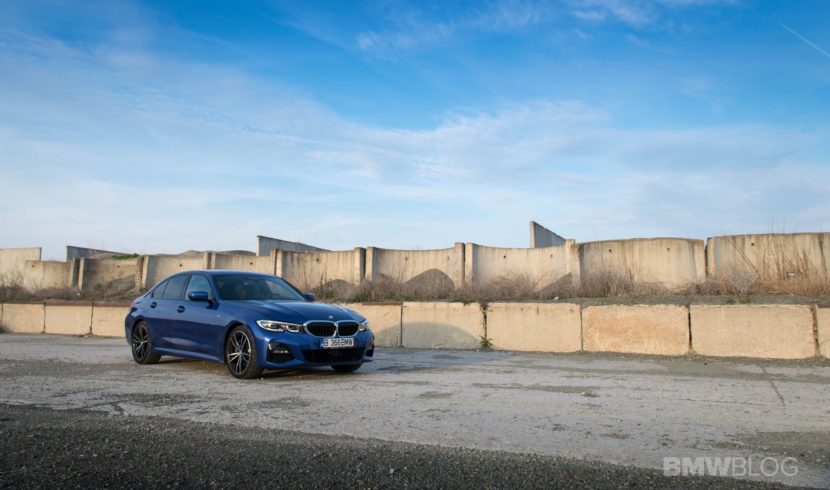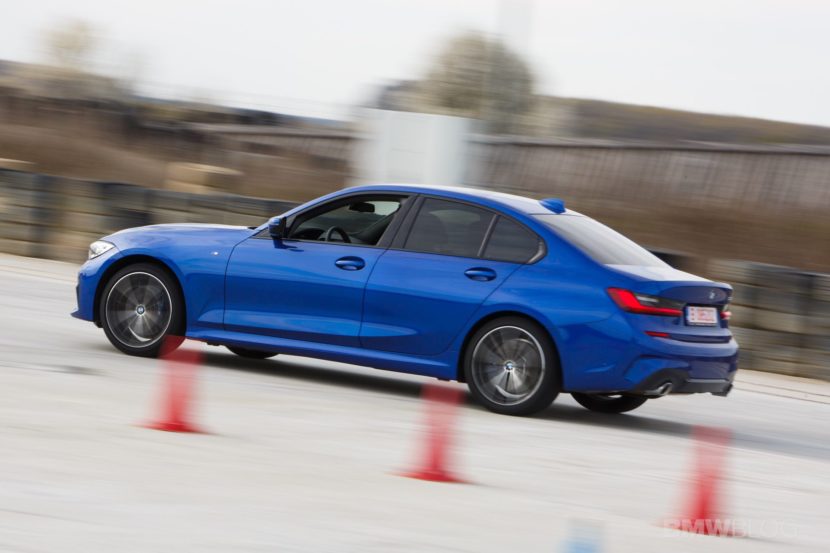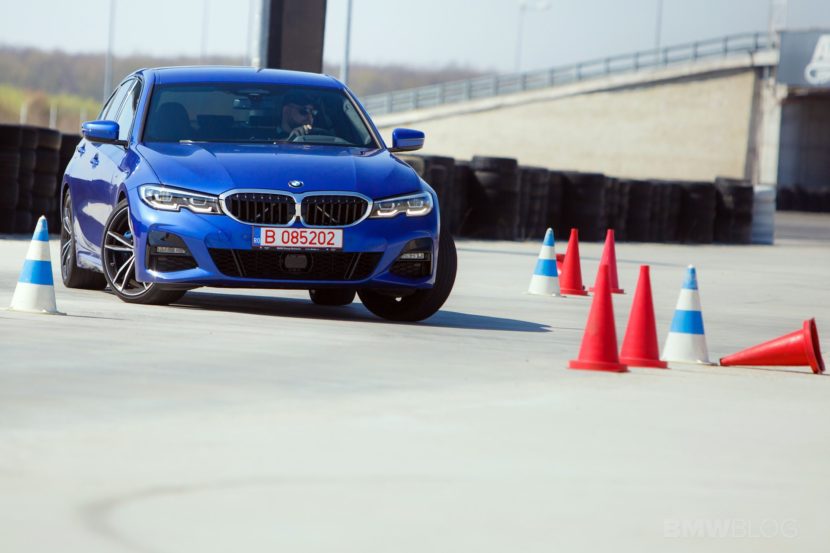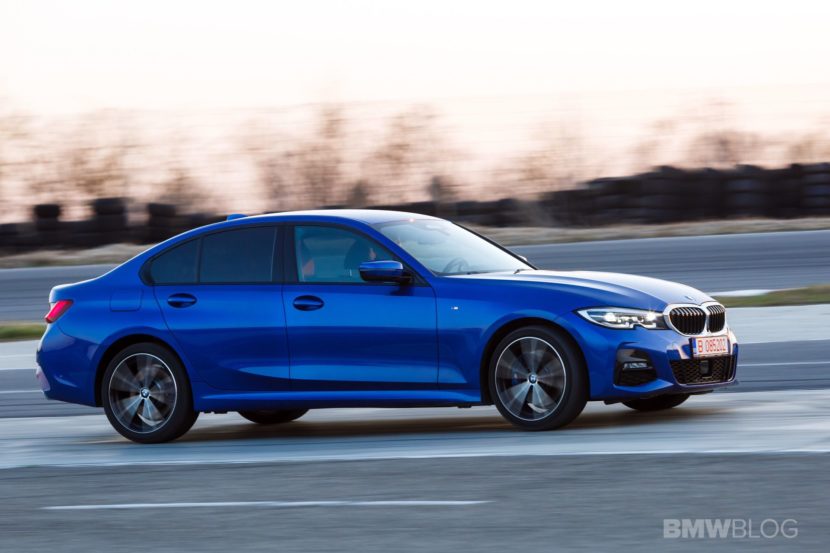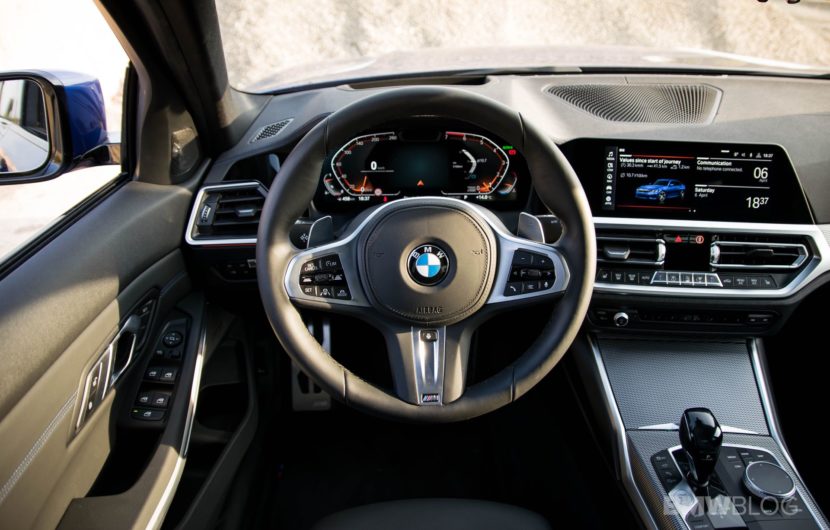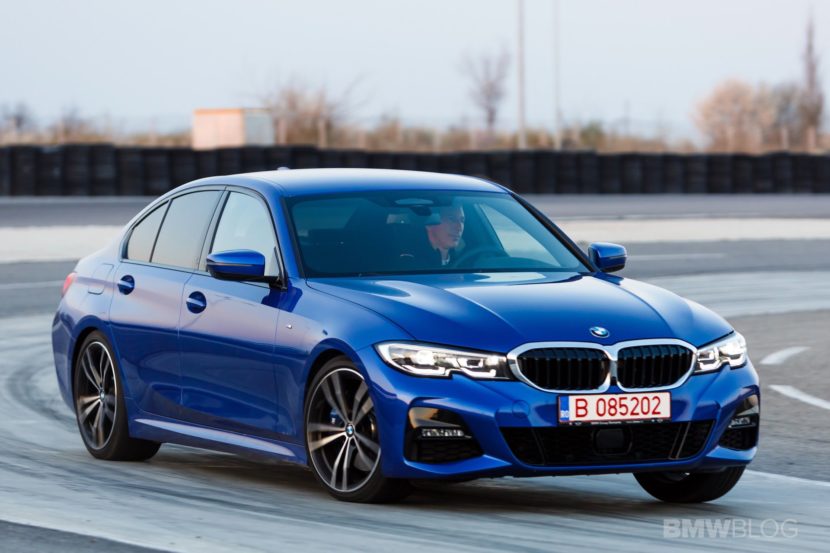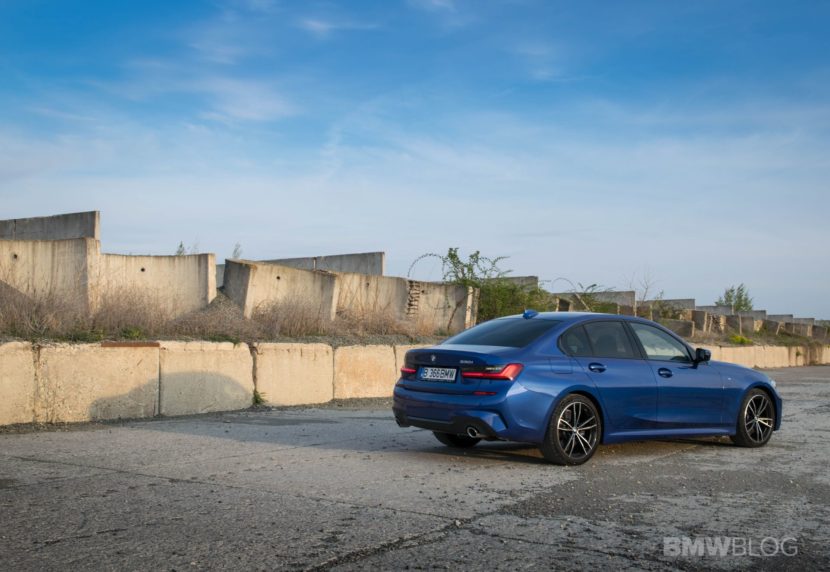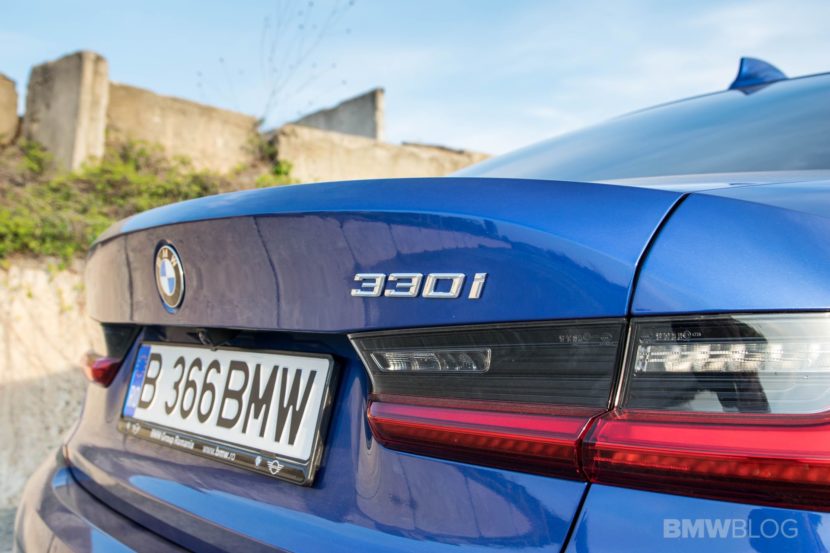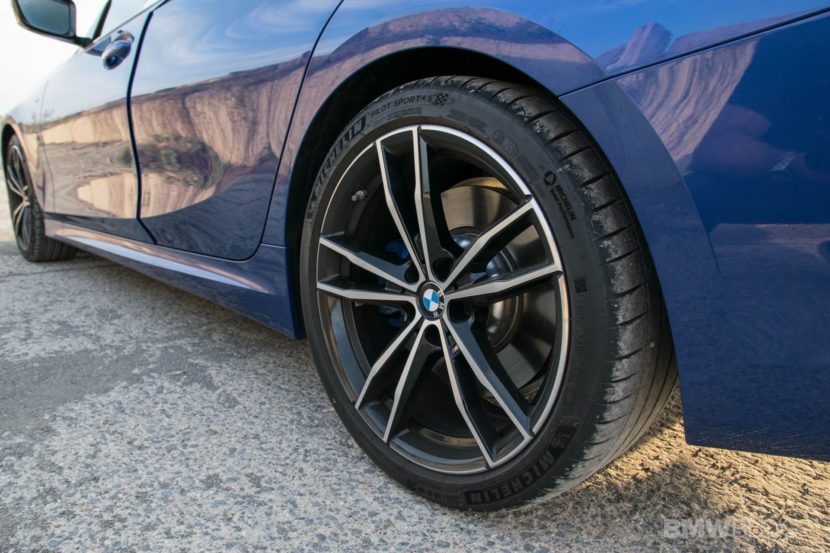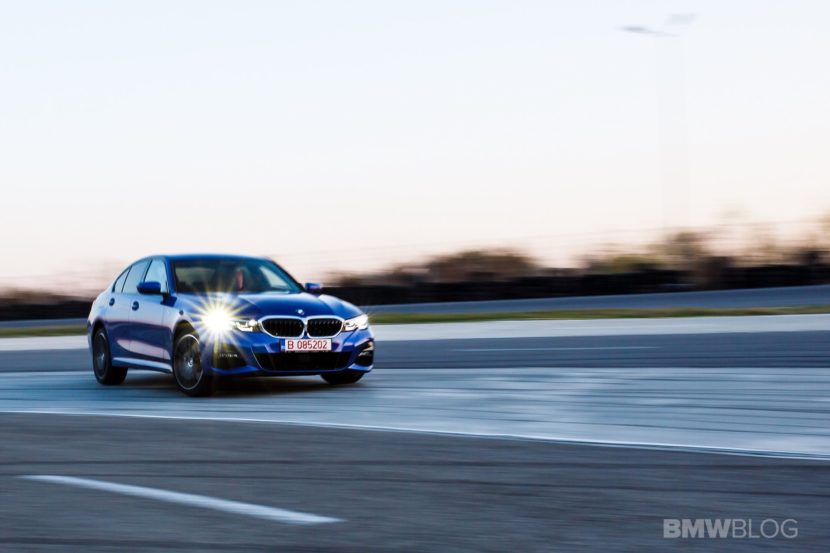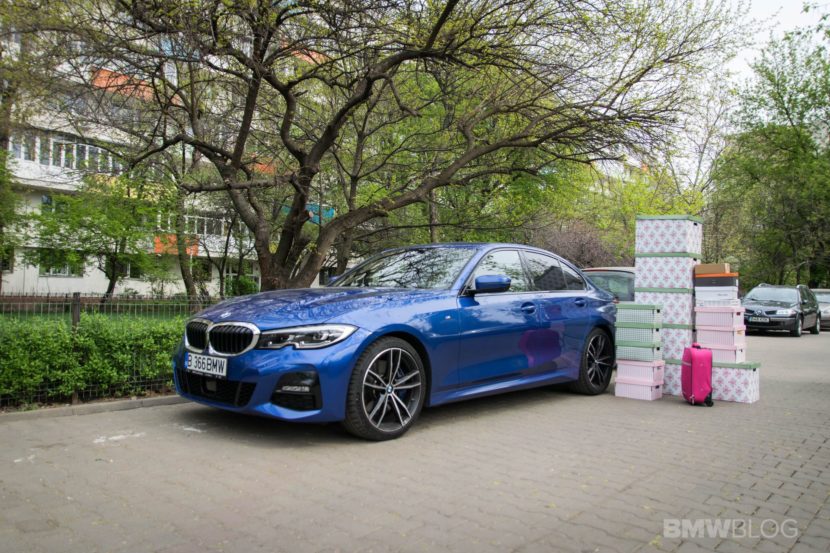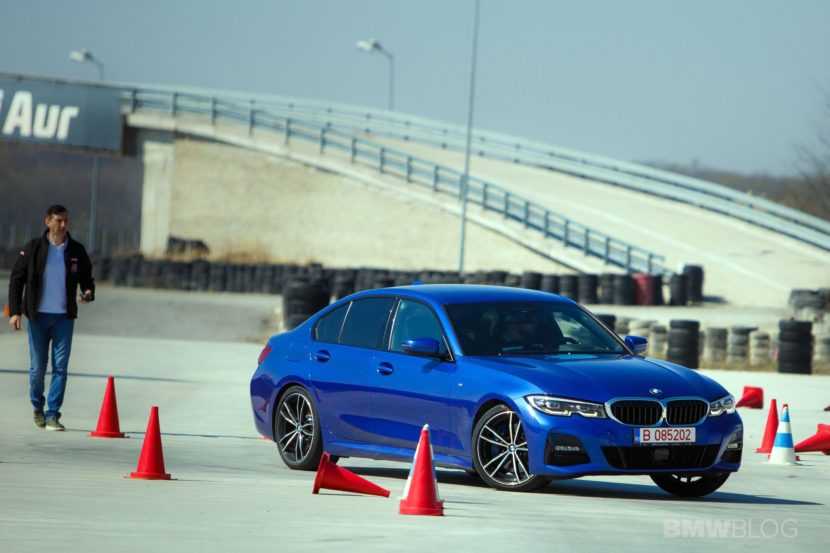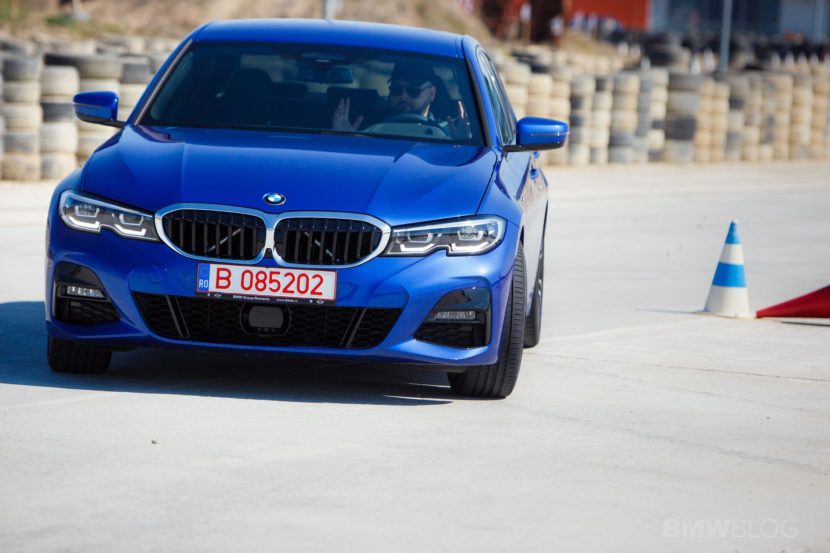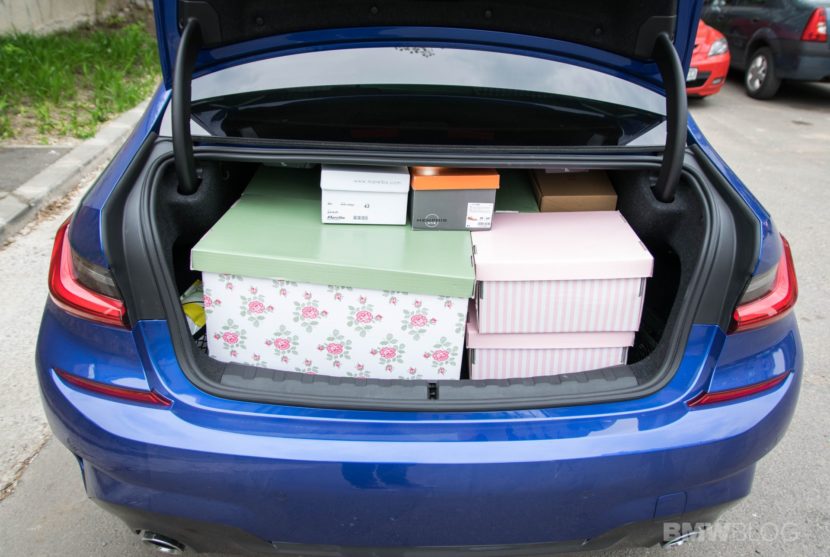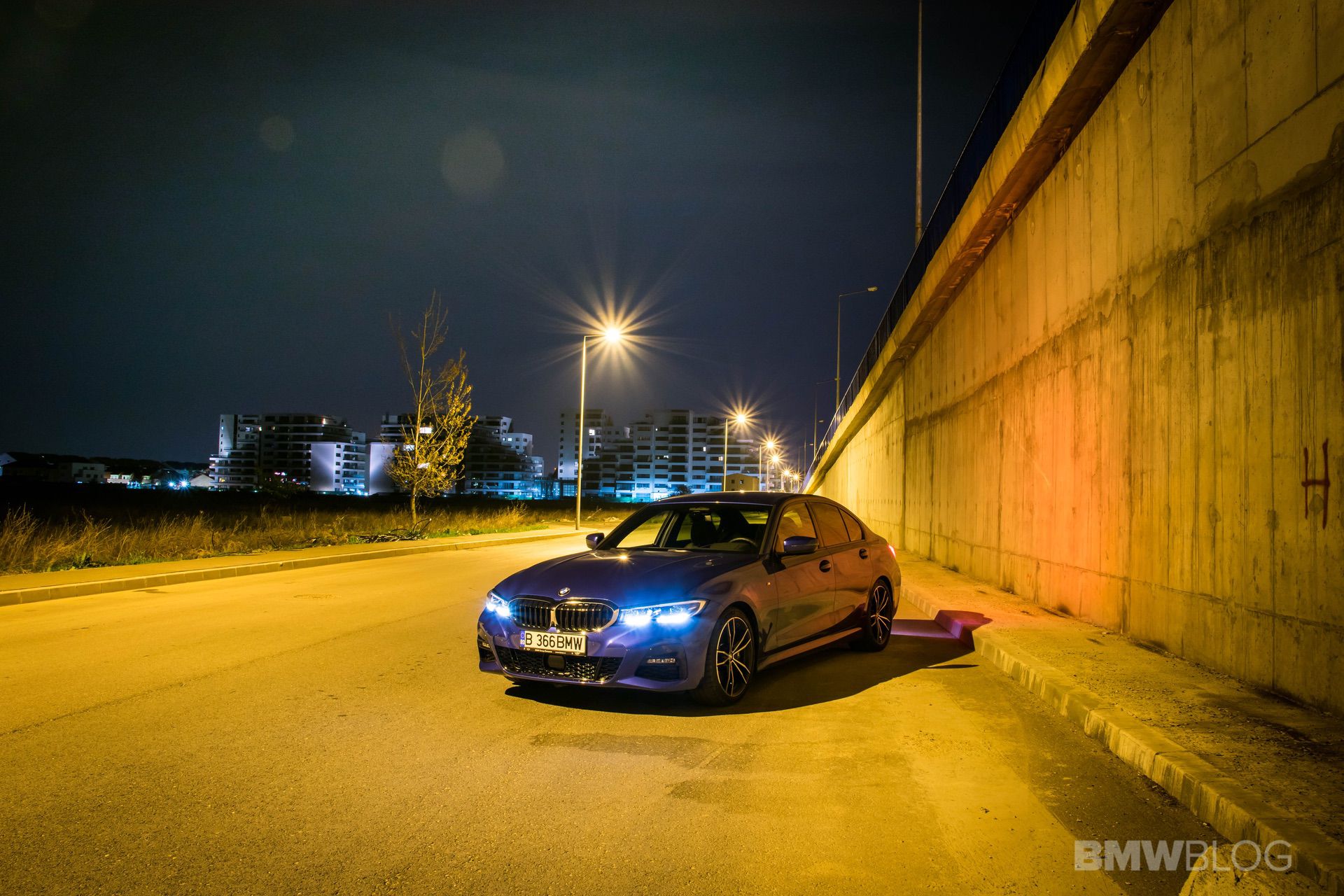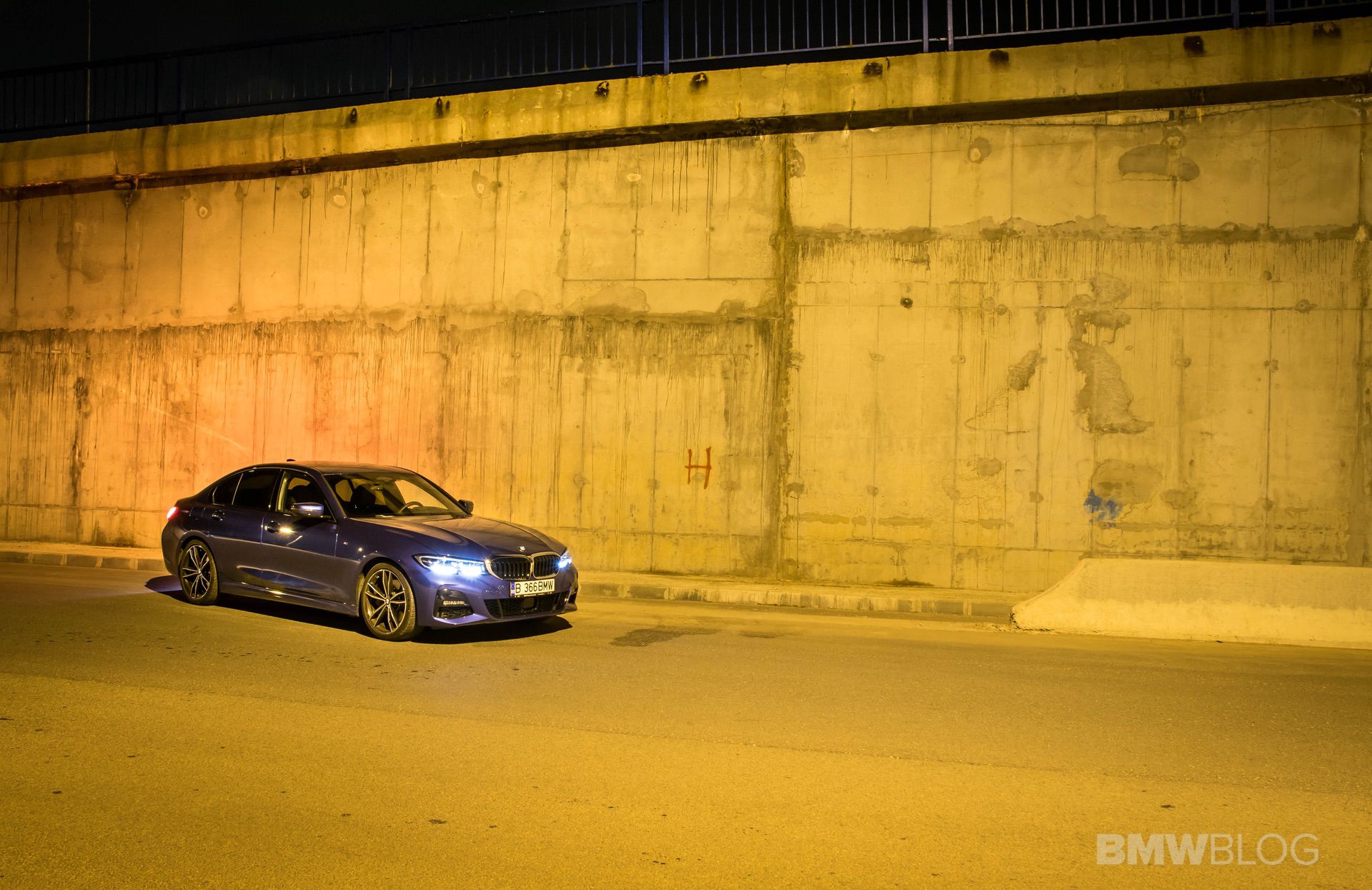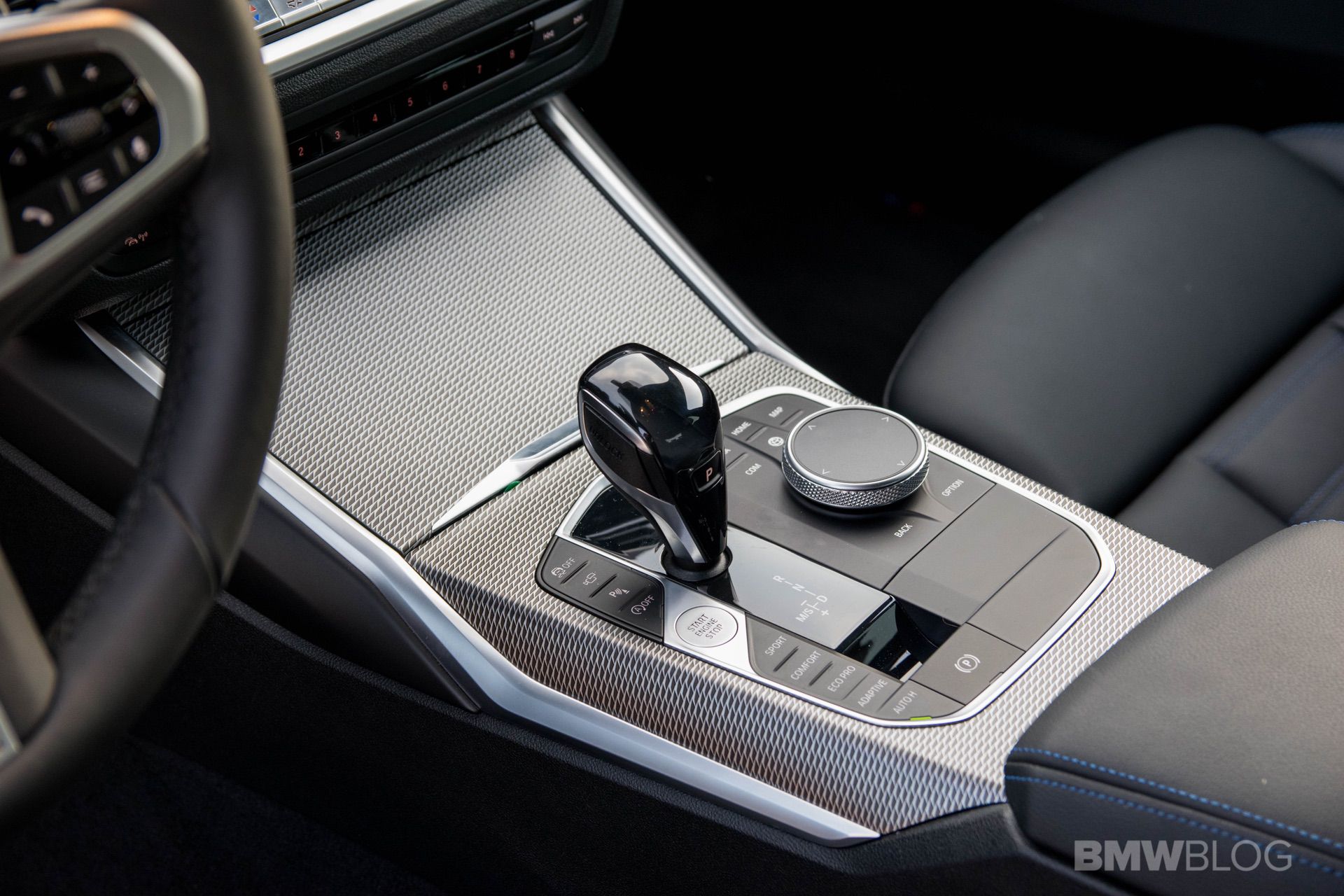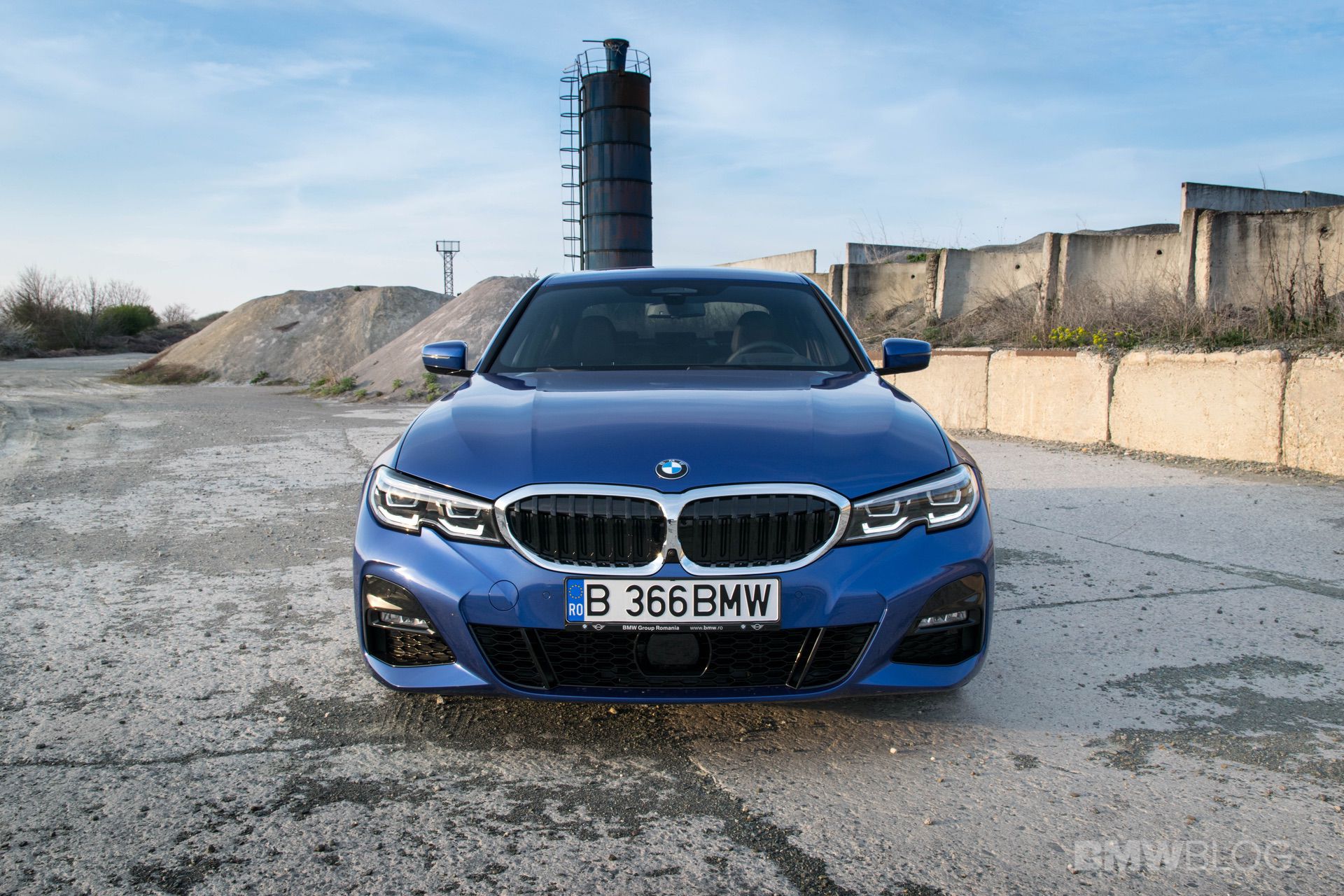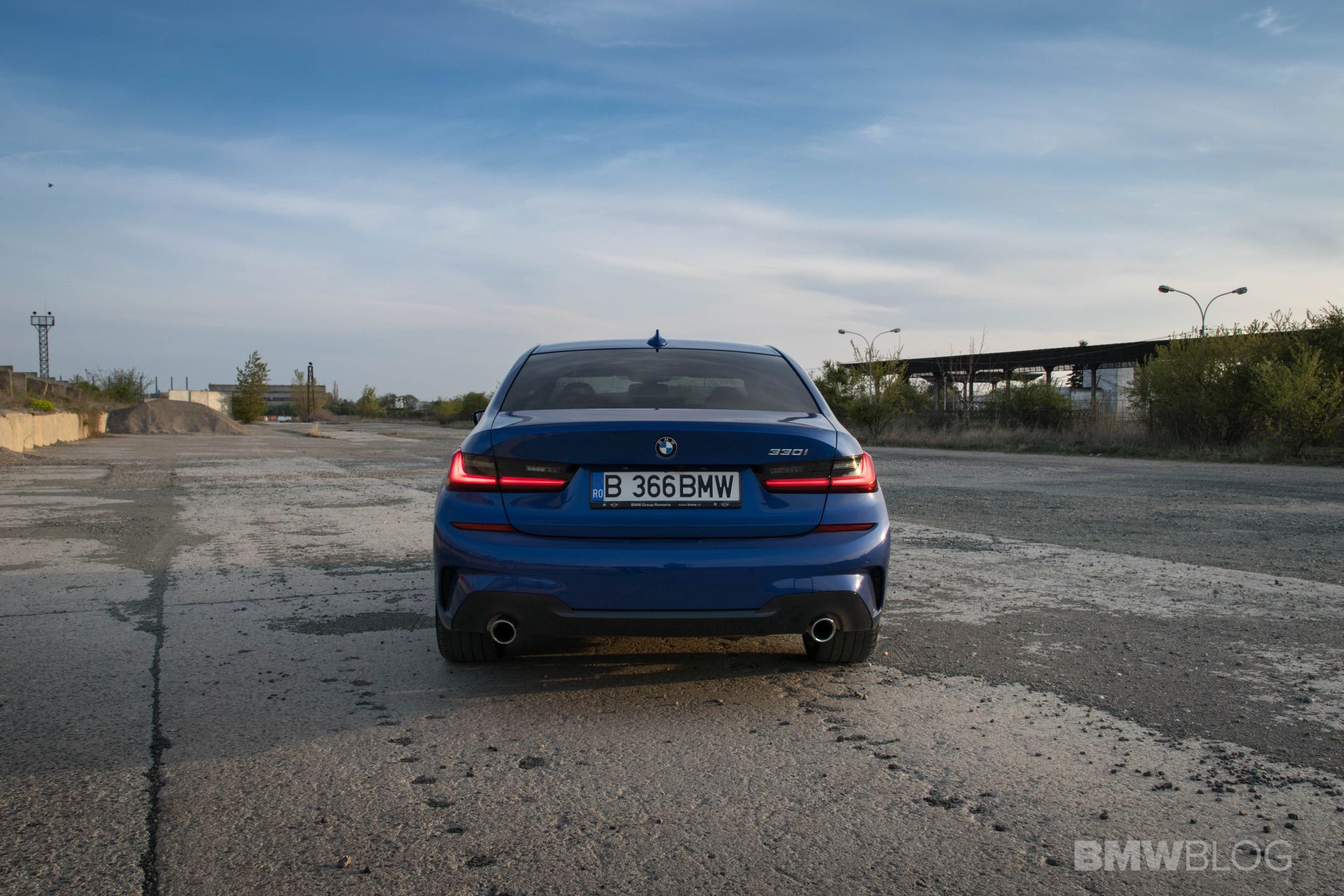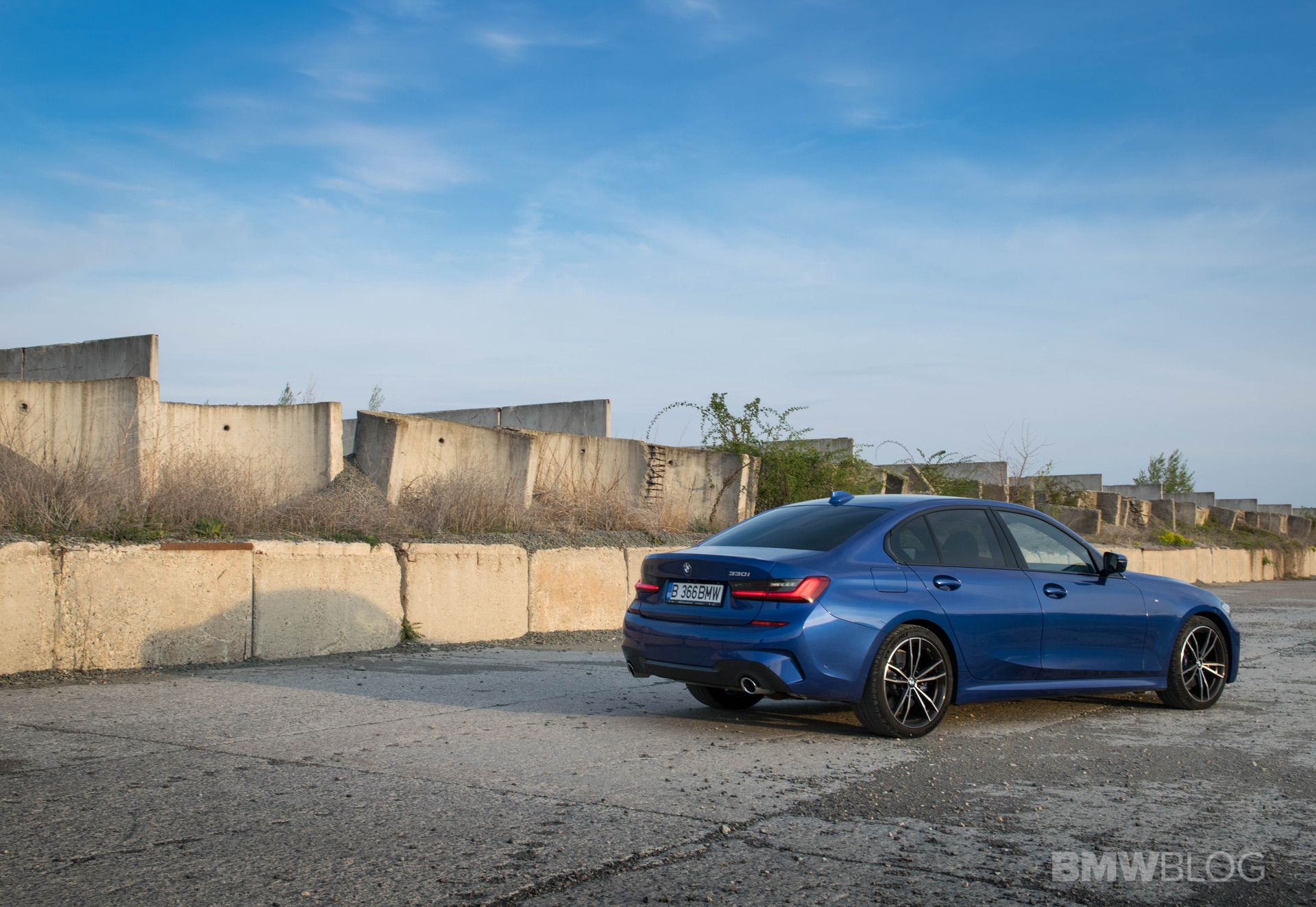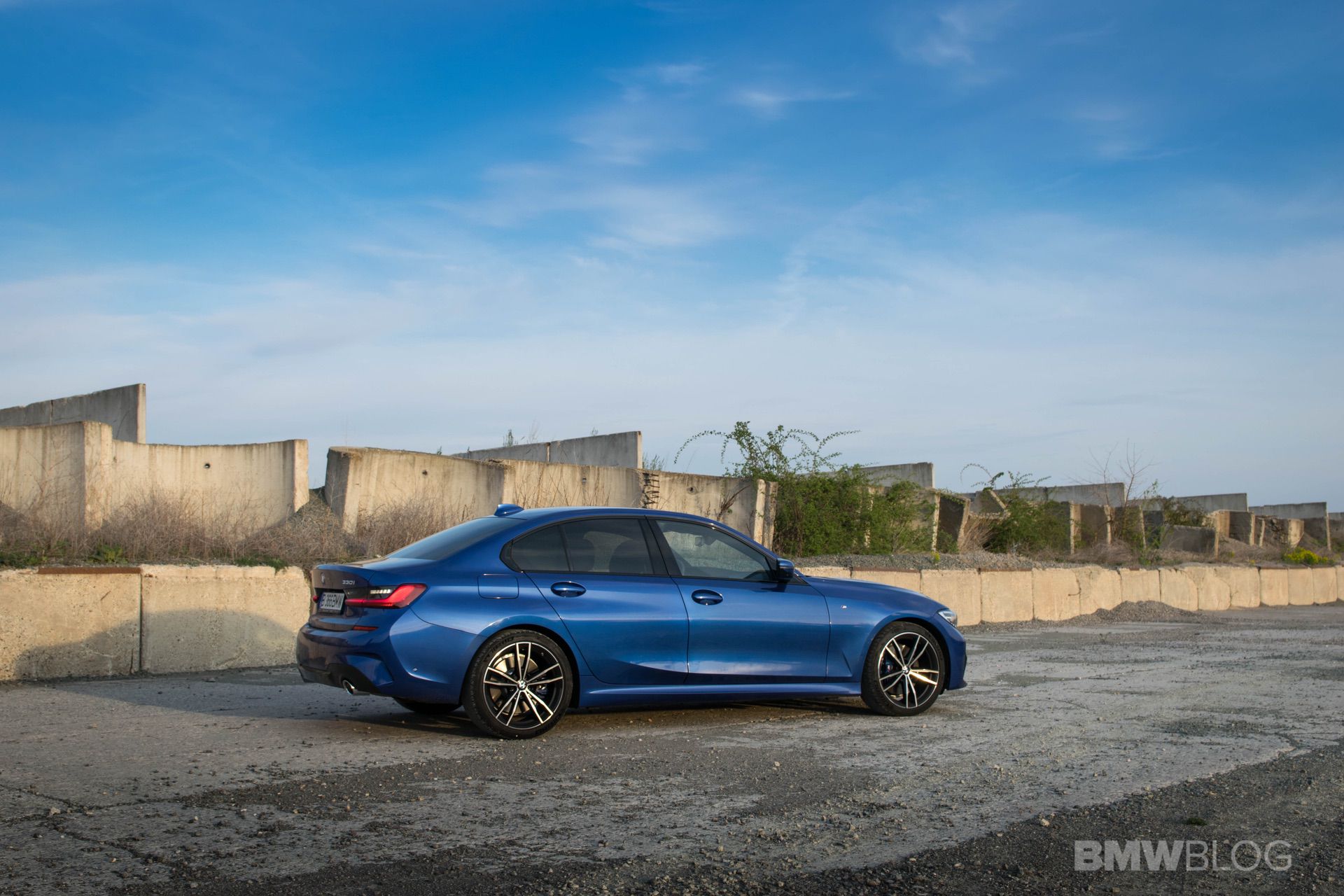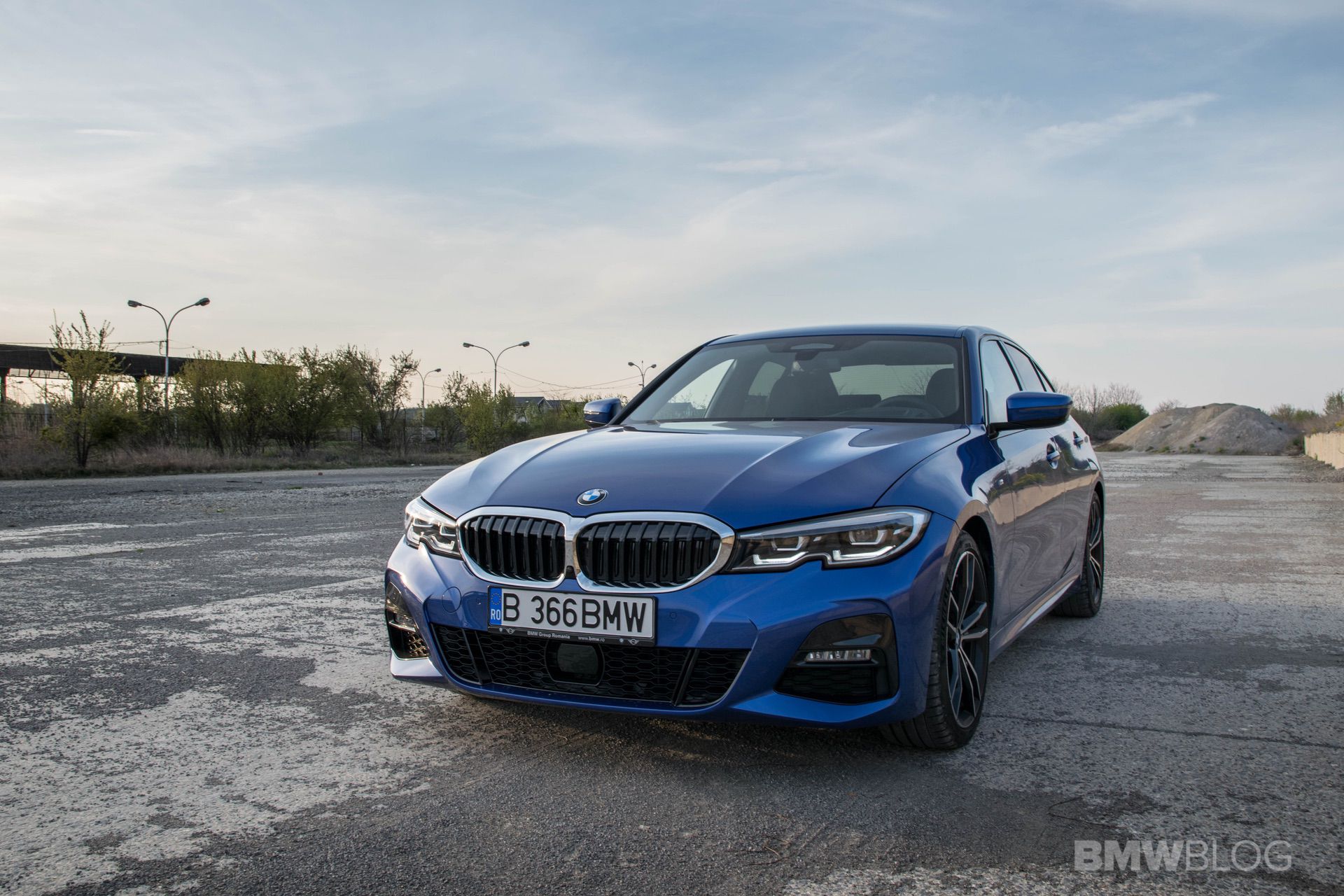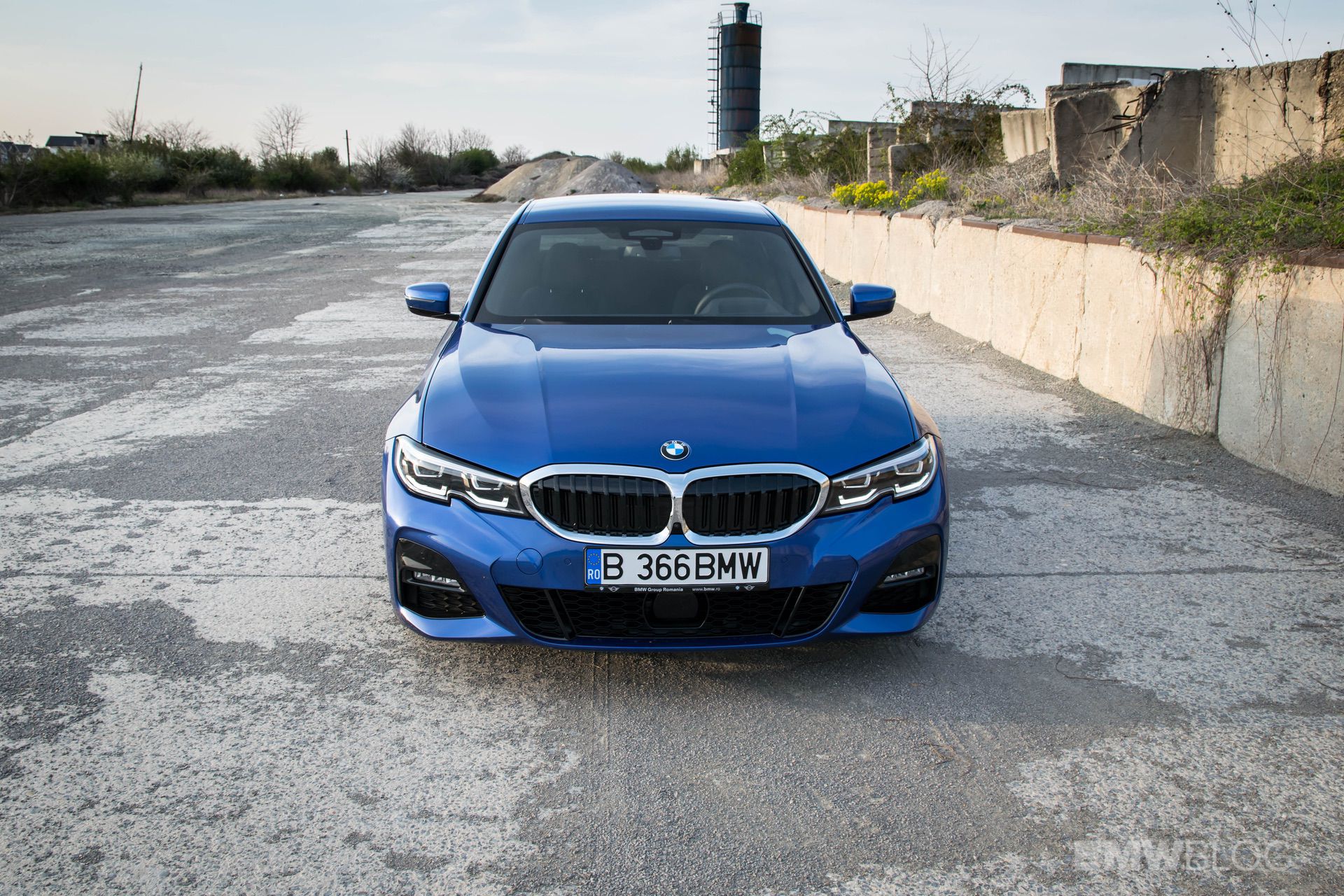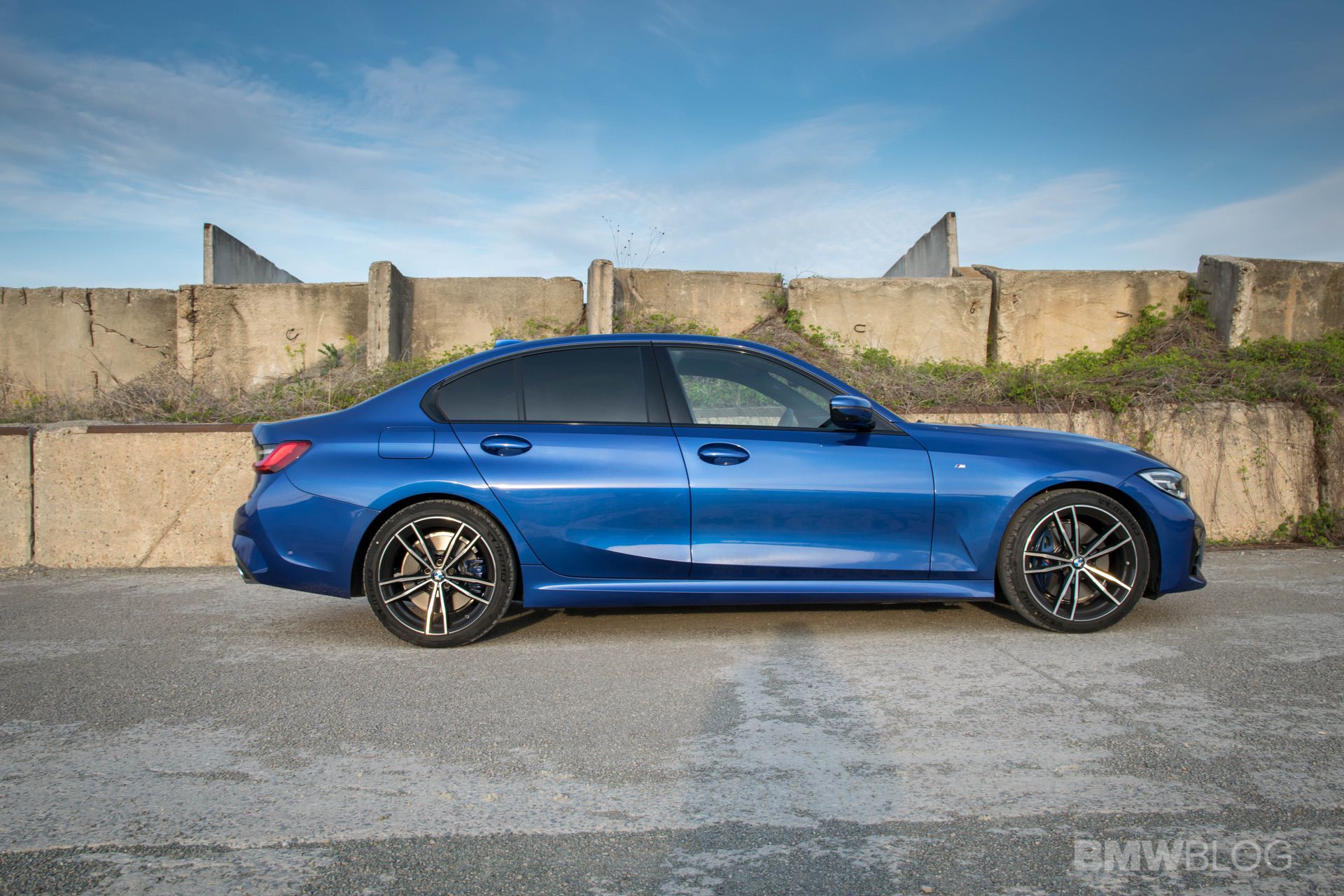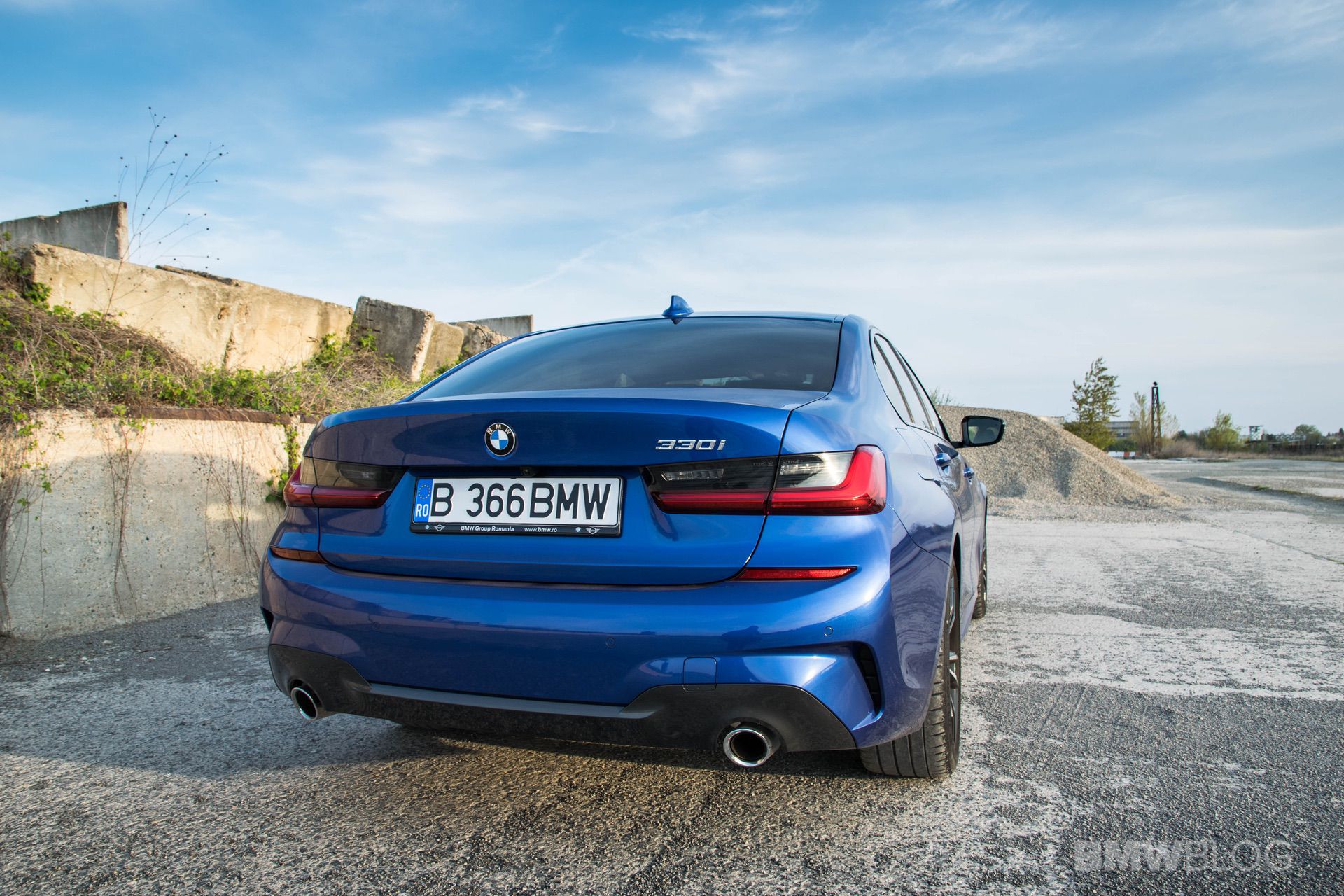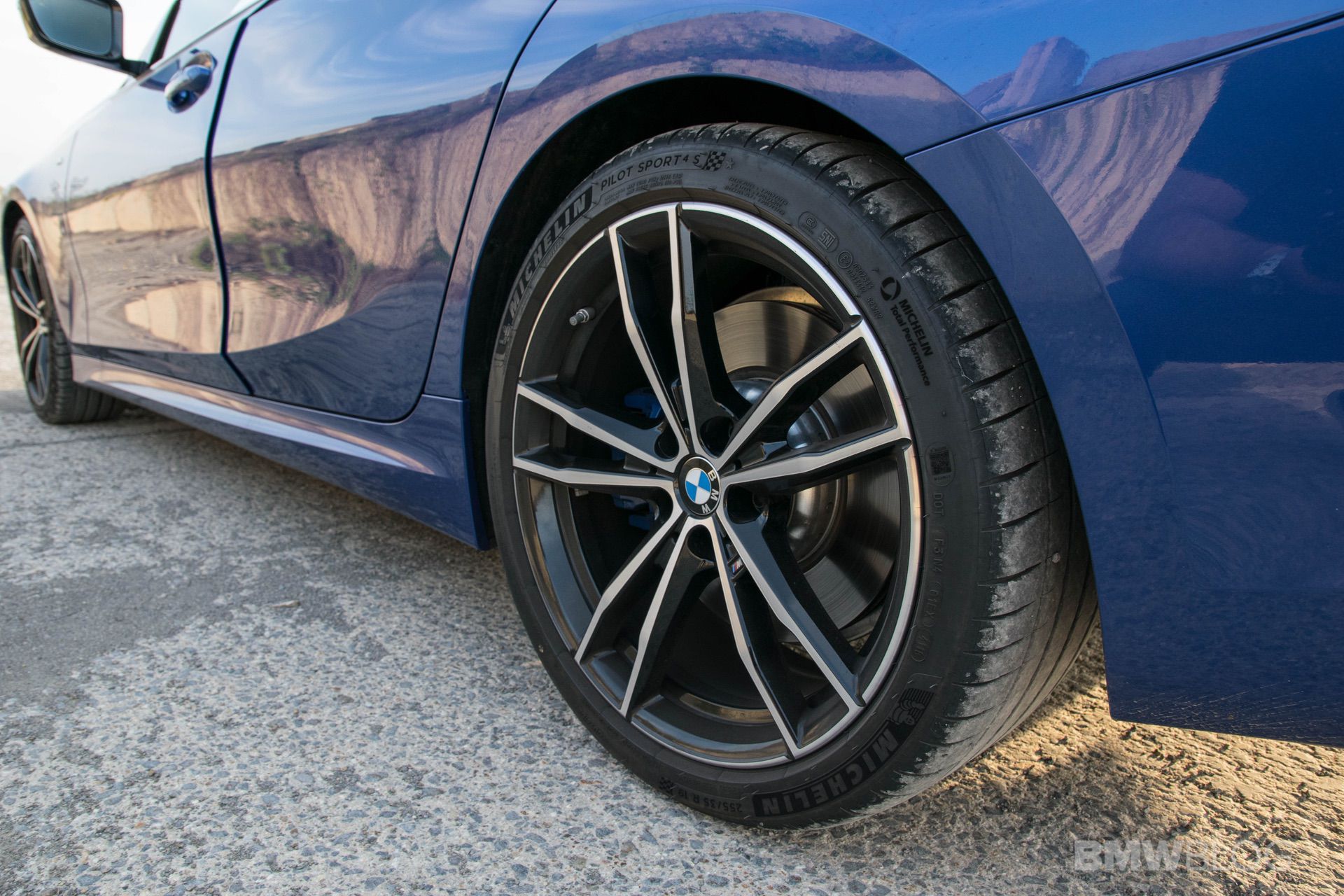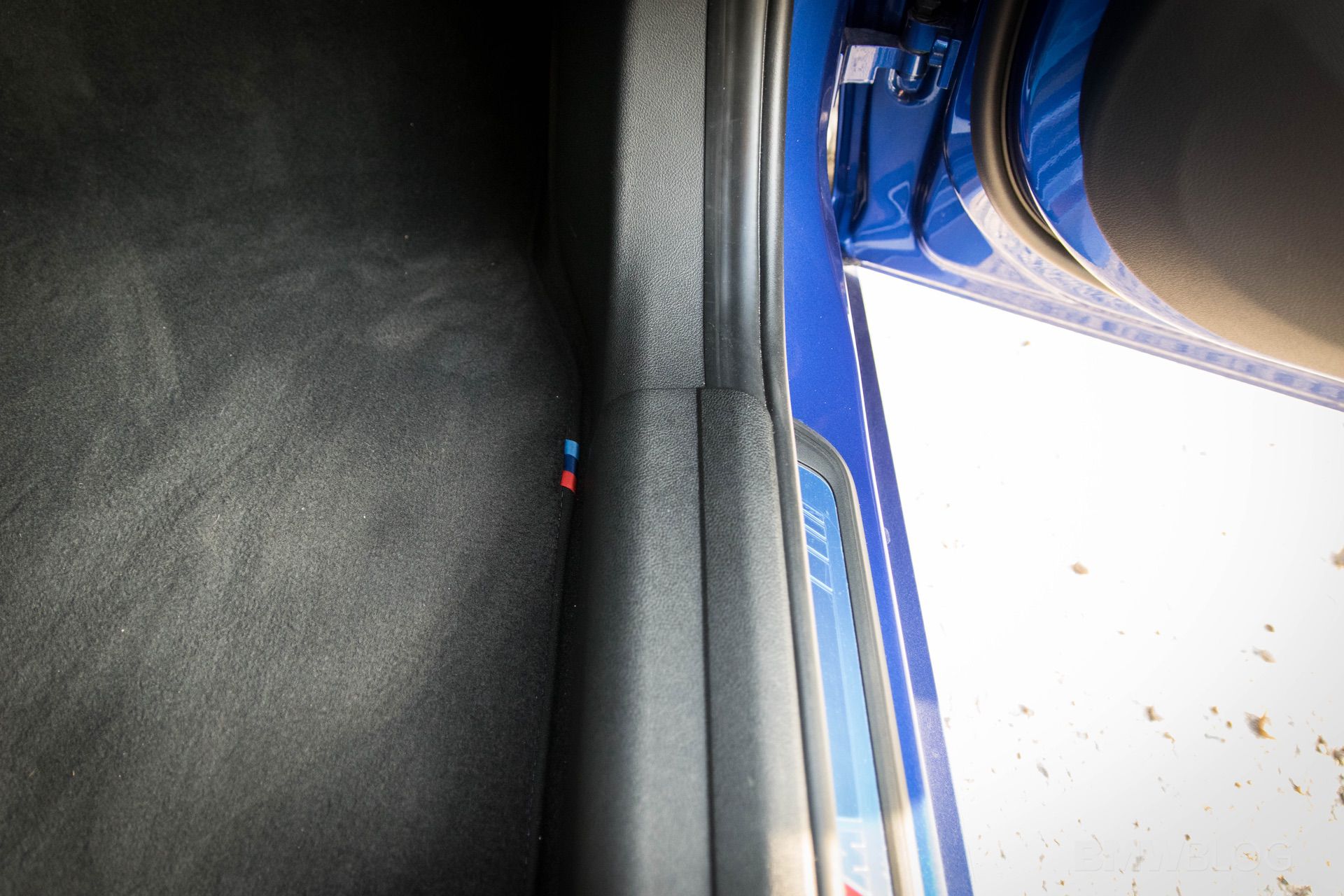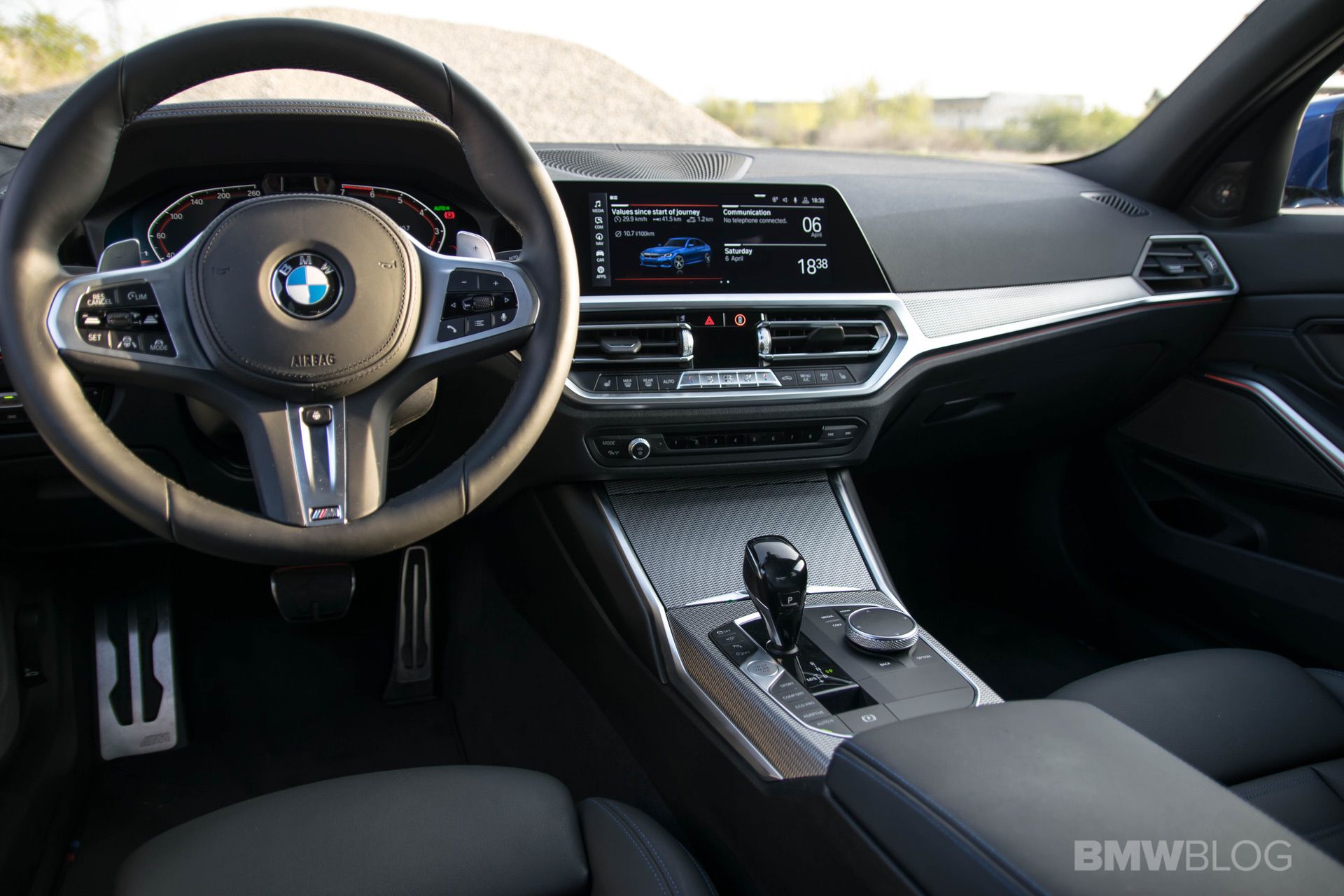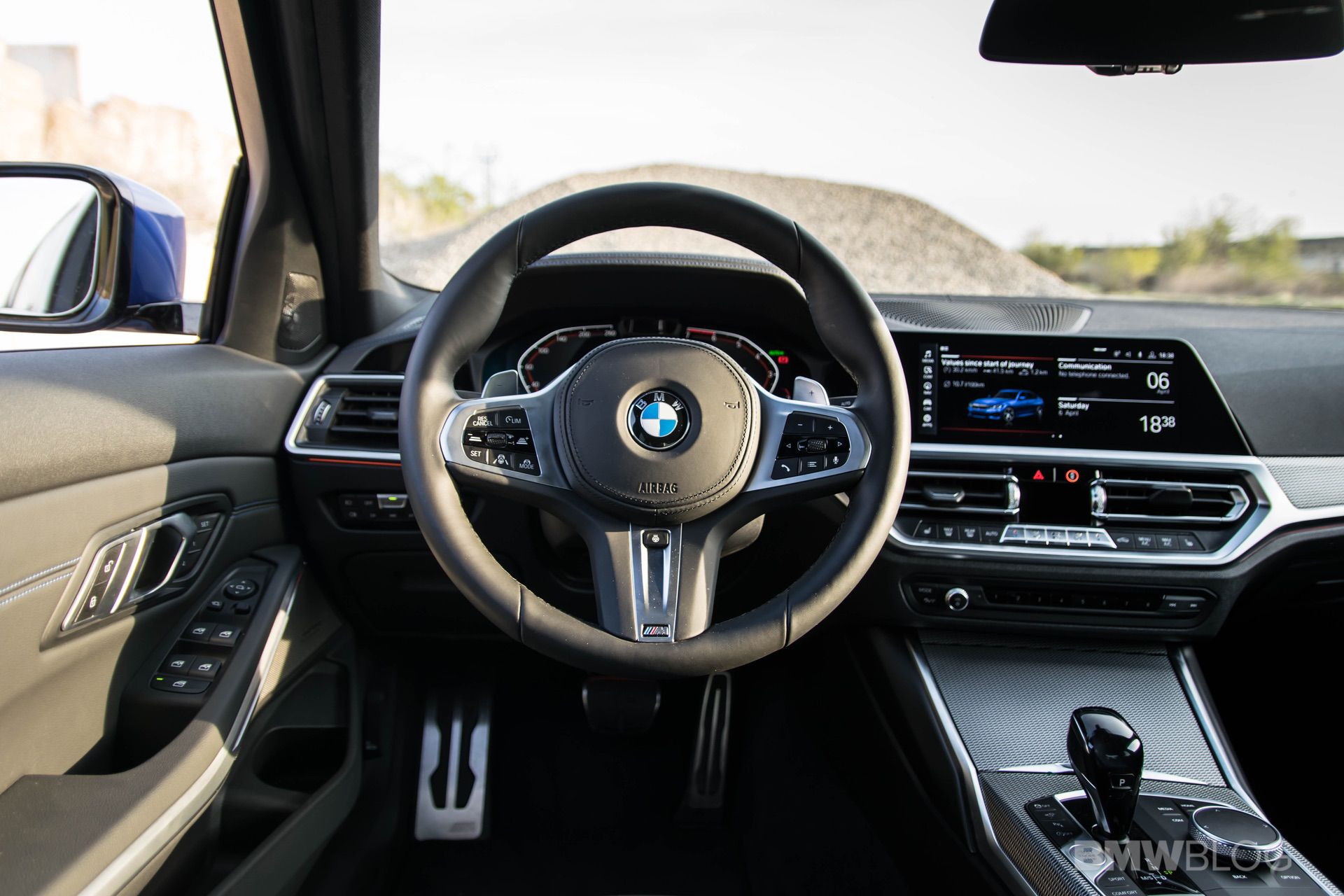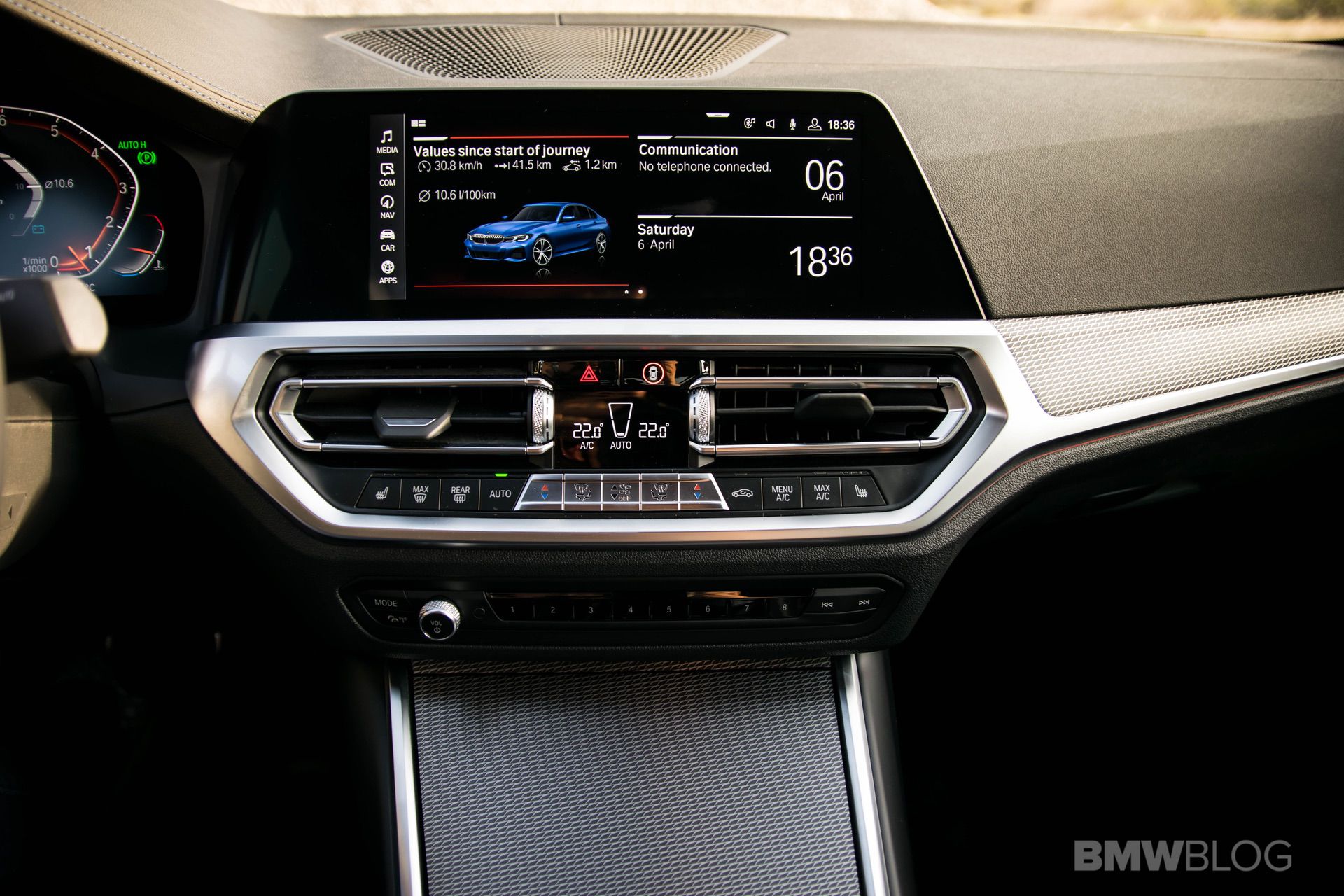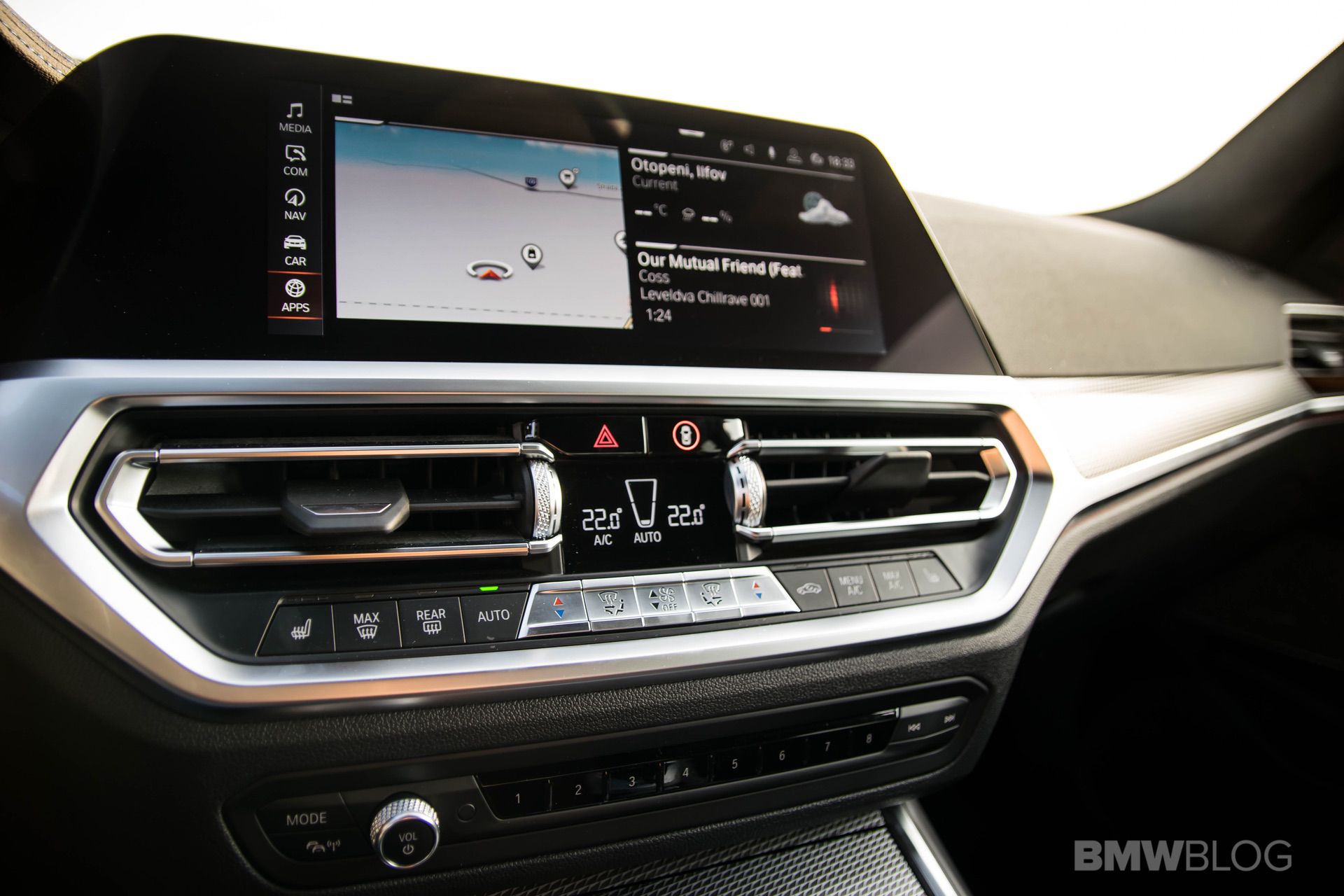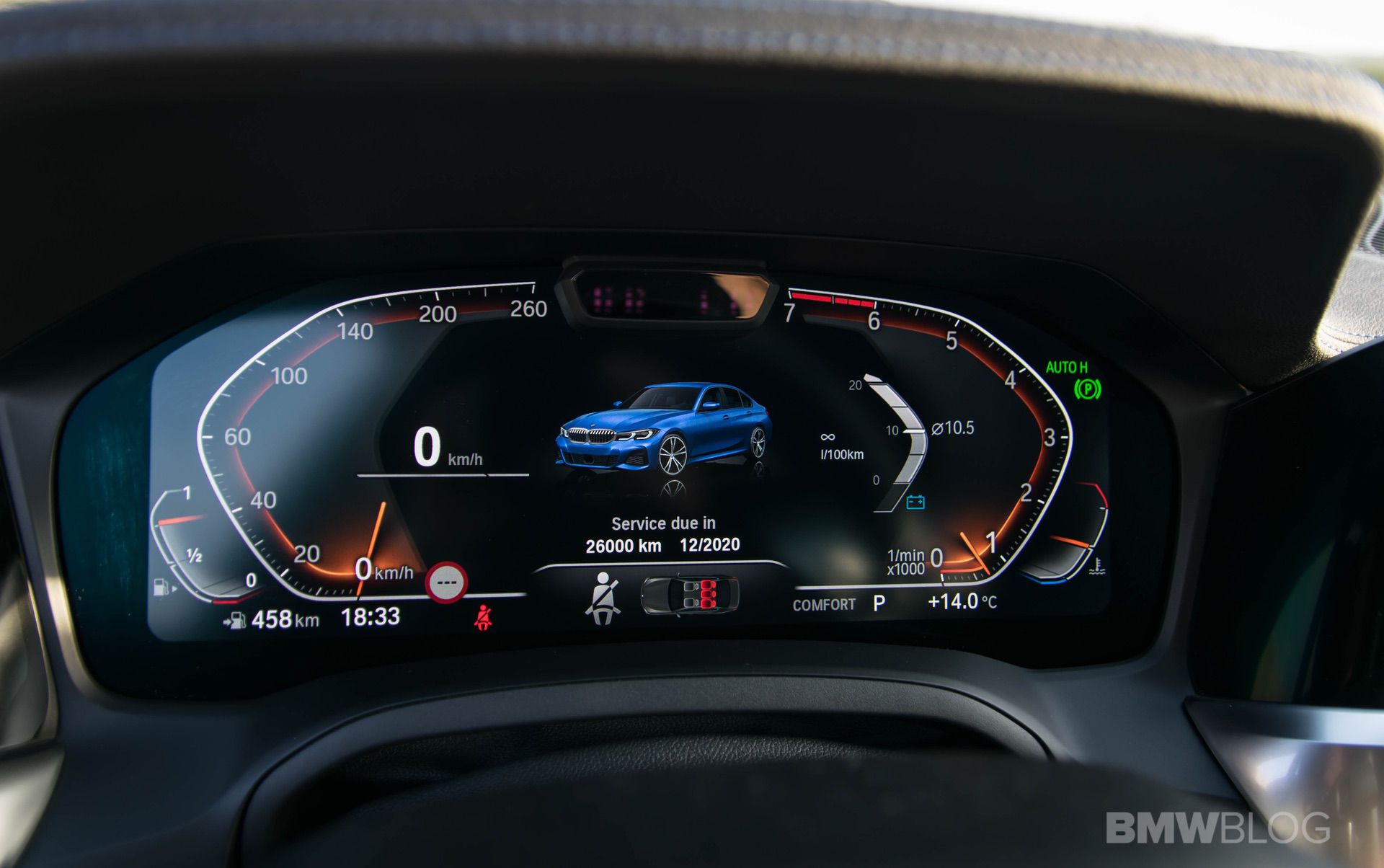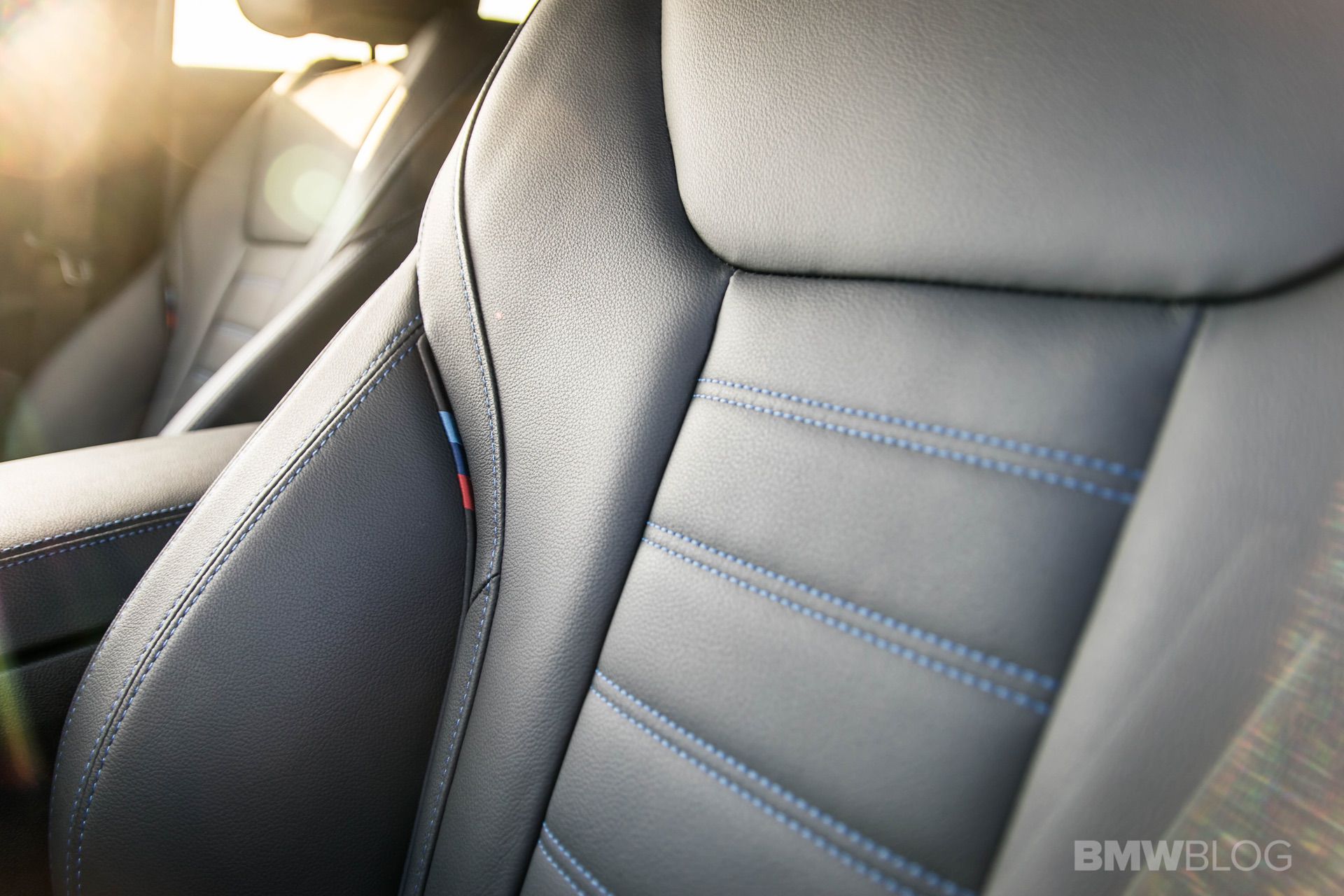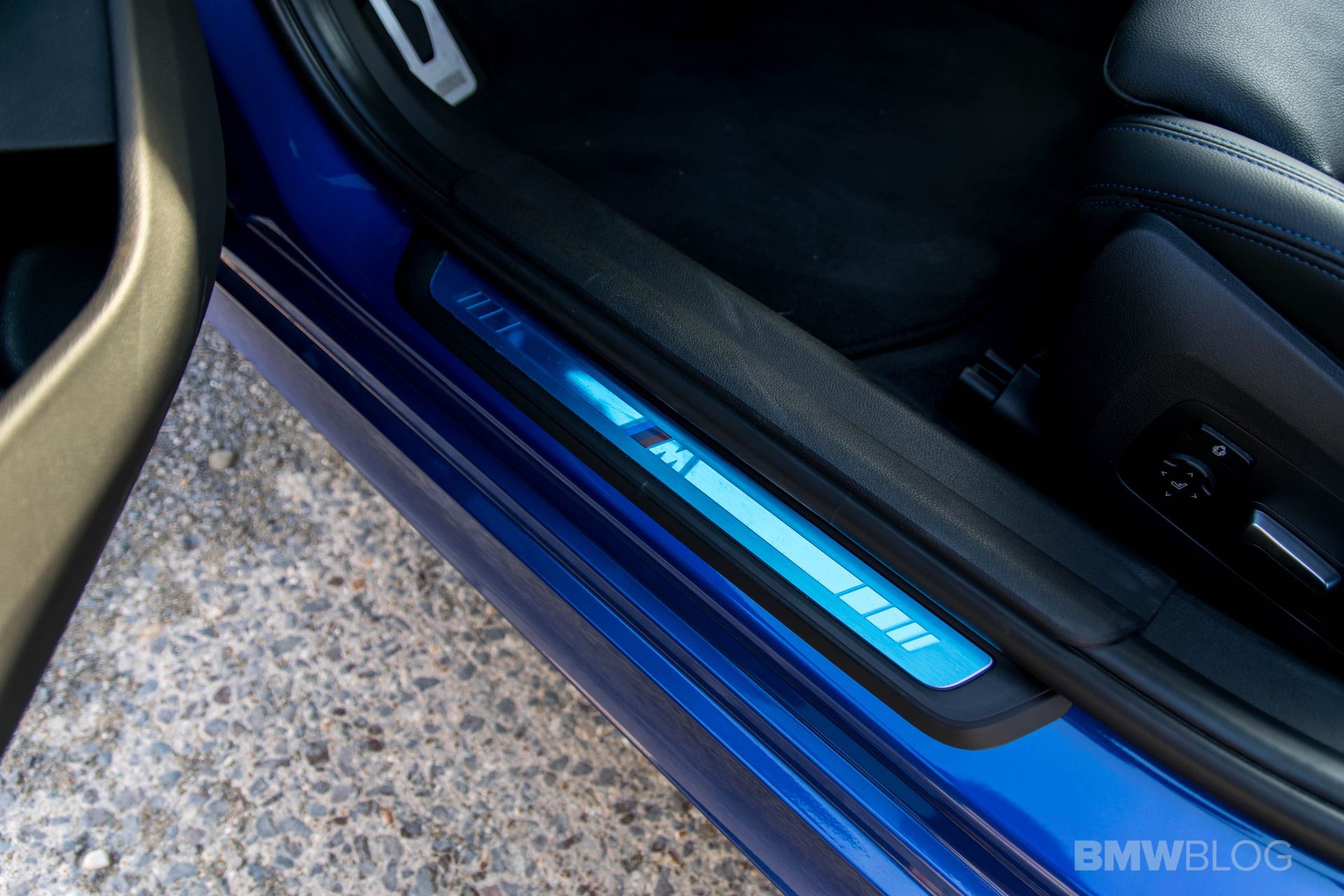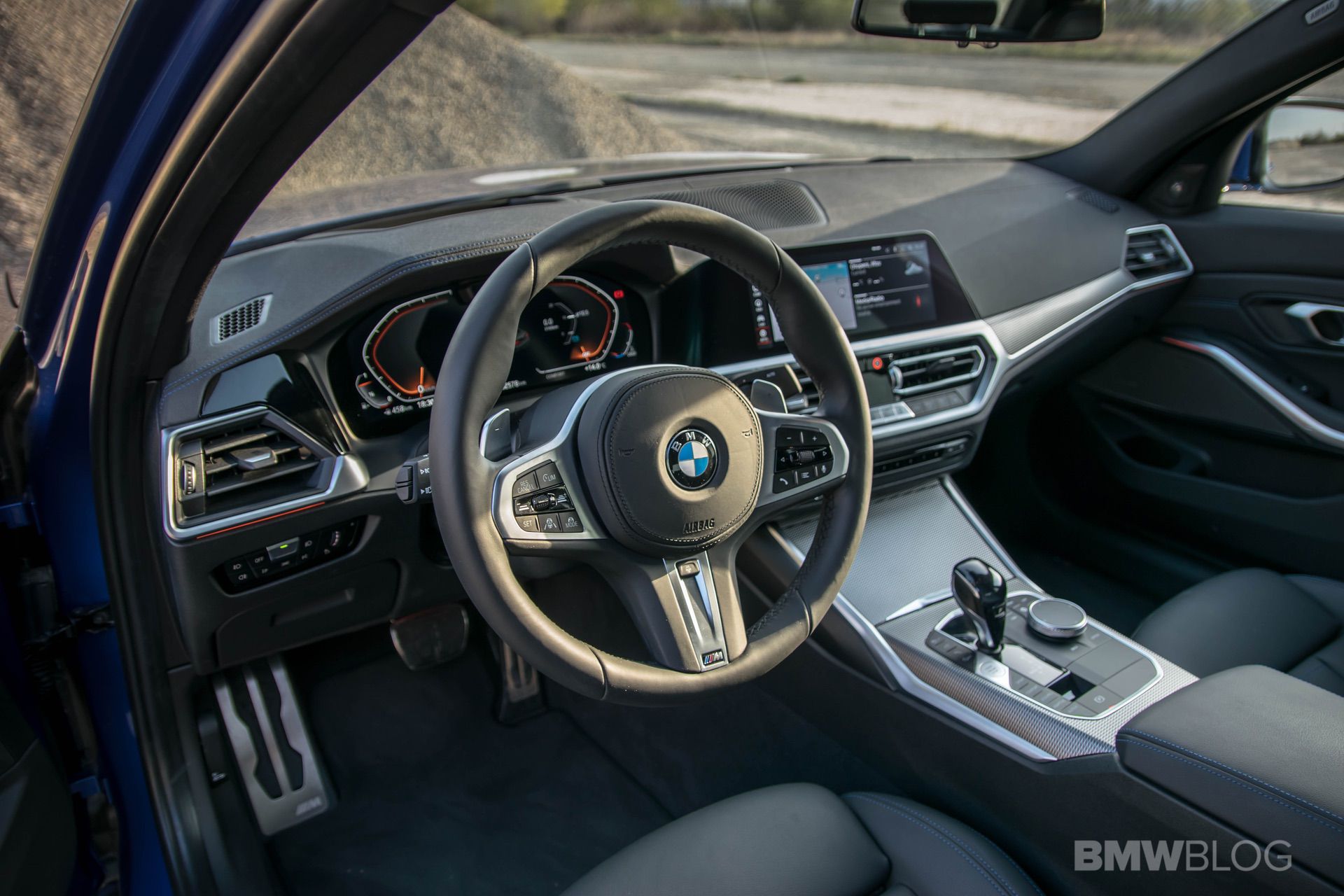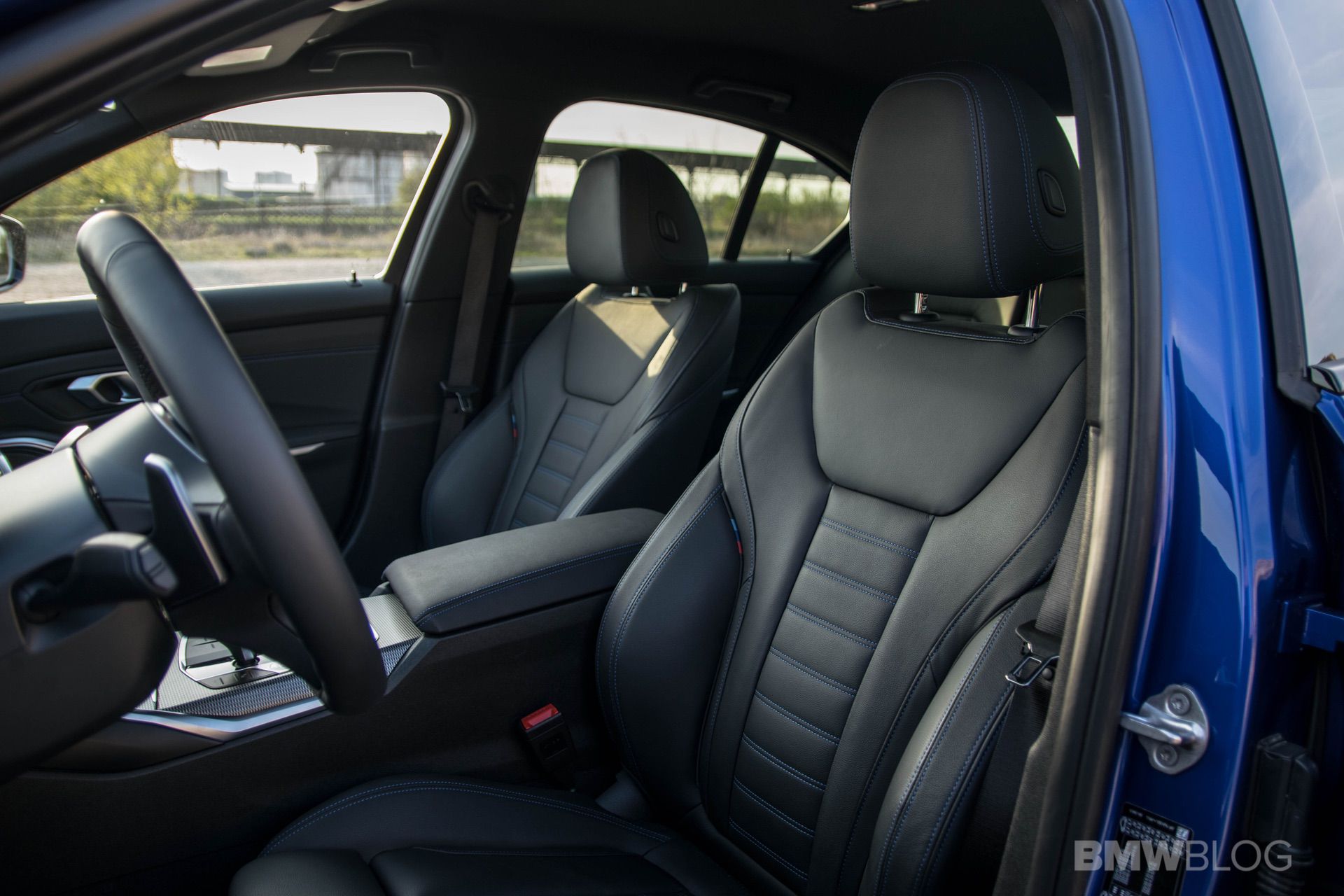The BMW 3 Series has been a fan favorite of the Bavarian brand ever since it was originally launched, over 40 years ago. It broke sales records and became a familiar sight on every street, not just in the US but also around the world. The popularity of the 3 Series was even higher in Europe, where it managed to become the best-selling car the BMW Group has ever sold. The reasons behind its popularity were rather simple; a mix of frugality, practicality and sportiness that were really hard to match.
The 3 Series presented itself as such a compelling package that rivals from around the world used it as a benchmark for decades and some would argue that, in some areas, the 3 Series is still the one to beat. I am one of those people and I think in terms of driving dynamics, there’s no other car in this segment that can match the G20 3 Series at the moment, when comparing similar specs, of course.
As I mentioned in my previous 3 Series review, a lot depends on the specs of a car and what options have been added to it these days. As technology evolves that becomes a lot more apparent and will even set apart two cars that wear the same lettering on the boot but have different options on them. Take, for example, the 330i model I had for testing purposes.
It was fitted with almost every possible optional feature out there, missing out only on Gesture Control and Laser headlights. Comparing this car to a base 330i, with no add-on options would be a grave mistake if one would seek to keep things fair, even though they would both have the same engine and transmission. Such are the times we live in.
But the 3 Series is a great car nonetheless. I got a first taste about a month ago and immediately recognized the potential hidden in the chassis and underpinnings of the new generation. Built atop the CLAR architecture, the new 3 Series is not only bigger than the car it replaces, in every direction, it somehow manages to be lighter by up to 120 lbs and stiffer by 25 percent according to BMW. That’s a huge improvement and probably the most important differentiator between the G20 and F30 generations. Whereas the F30 felt a bit too soft when pushed to the limit, the G20 holds on for dear life making you clench your buttocks in the process.
There’s a certain confidence infused in the new 330i that was somehow missing from the old model. The previous BMW 330i LCI of the F30 generation used a similar engine to the new car and yet the differences between them are bigger than one would expect, telling us that there’s been a lot of R&D done on the new platform to make sure it delivers what people would expect.
In terms of driving dynamics, the tester I had at my disposal was just as you’d expect it to be. In certain markets, the 330i is the cheapest 3 Series you can get. At the time of writing, this is the case in the US, where the 330i is the cheapest, followed by the all-wheel drive version and topped by the M340i and M340i xDrive models. Therefore, if you’re expecting the 330i to beat an M3 on the track, you should get a reality check.
For an entry-level model, the 330i does just what it should. Admittedly, the spec sheet of this car sets it apart in comparison to most cars that we’ll see on the road in the near future and I do keep that in mind, as should you. Our tester came with the M Sport Package which was the most expensive optional feature on it, dropping the ride height by 0.4 inches and changing the exterior appearance of the car quite a lot.
Our car also came with 19” wheels and a couple of other options. As I already mentioned, few of them were missing but that short list didn’t include the new E-LSD differential at the back which is absolutely great on the track. Luckily for me, the launch event for the new 3 Series included a track session where I got to push it to the limit and see how it fares. To see exactly how sharp the new car is, we got to drive it on a special course made up of a slalom and some other challenges that were meant to highlight the agility of the car.
The slalom was a gateway into showcasing the new steering system and other tech. BMW claims the steering has been reworked and, even though it’s still an electronically controlled system it should be better in every way. What I personally noticed was how fast it was in Sport mode and especially off center. The more you turned the faster it got and that means you don’t even have to move the steering wheel too much to get the results you want. The steering’s still too heavy for my liking in Sport mode but when you’re on the track, you forget about that. Chip in the added stiffness of the car and you get a mix of an agile nose with a lively rear axle that’s just a joy to drive at the limit.
Then there’s the engine. The 4-cylinder 2-liter turbocharged mill was already introduced on a couple of models a while back. For the G20 generation it gets a couple more horses, adding up to 255 in total and 295 lb-ft (400 Nm) of torque. Those numbers are looking good on paper but some people would immediately think that a single turbo on such a small engine would translate into plenty of turbo lag. Not quite. The TwinPower technology helps out a lot and the twin-scroll turbo hooked up to the engine does its job brilliantly, without any noticeable hint of lag. As a matter of fact, driving the car around town even in Comfort mode made me uncomfortable at times (pun intended) due to the sharp throttle response, prompting me to use Eco Pro most of the time. That led to an average fuel consumption of 23.5 mpg around town and a more frugal 33.6 mpg outside the city limits. For a car with 255 HP under its belt, those are mighty good numbers.
Getting back to the track, another highlight was the Michelin Pilot Super Sport 4S tire setup that provided plenty of grip. Chip in the trick differential at the back and you get to have plenty of fun with a 330i, believe you me. The front end grips with an inexplicable ferocity while the rear end gets loose if you want it too, without too much hassle. The suspension is yet another honorable mention here as it does feel a lot more capable now, especially with the adaptive dampers.
At least around town, they felt almost identical, with a bit more harshness infused in the adaptive 330i. In Comfort mode, the 330i felt a bit more comfortable but not by a lot prompting me to think the standard dampers somehow sit right between Sport and Comfort mode in terms of feel. That said, the 3 Series does get a bit stiff around town and on rough roads so you might want to take that into consideration. If you want a bit more comfort, go for the adaptive suspension.
The M Sport seats don’t help out a lot either in terms of comfort. To me they still seem a bit too hard but maybe I’m just used to my daily driver and should not complain this much. On the good side, you will want the M Sport seats once on the track, as they offer great side support to keep you in check. The same could be said about the M Sport brakes that offer great performance and a lot of initial bite, being rather easy to modulate. A couple of laps on the track showed that they are also quite fade-resistant but not on the same level as true M brakes.
The interior feels nice and is definitely a big step up from the previous model. You can notice it in all aspects, from fit and finish to the materials and especially design. The new 3 Series can be had with the Live Professional Cockpit option that brings the latest iDrive 7.0 system at the tips of your fingers. The new iDrive offers the latest tech available, from the new Intelligent Personal Assistant to more connectivity and an intuitive menu – if you’re used to Android smartphones. You can lock and unlock your car with your phone should you desire it, but while the system does work, it gets tiring to pull out your phone every time you want to get it and start the car. Comfort Access still works better. However, since the Live Professional Cockpit thing is an option, I would pass it, mainly because it comes with the new digital instrument cluster that’s just not my cup of tea.
The design looks cool and mimics the front grilles but the counter-intuitive backwards rev counter, along with the overly-complicated and rather useless info displayed, make it tiresome. Luckily, the new Head-Up Display offers plenty of info that you don’t really need to look in the cluster anyway.
The new 3er is also quite a practical car too. Coincidence had it that during my time with the car, a friend had to move and I was asked to lend a helping hand and car. I thought it would be a perfect occasion to see how much stuff can be stuffed in the new 3 Series and share that info with you. Numbers on a piece of paper are good and all but they don’t really tell the whole story when it comes to practicality. That’s mainly because of various tricks manufacturers use to brag about their cars’ cargo space.
According to BMW, the boot of the new 330i offers 481 liters (17 cu. Ft) of storage. How much is that in boxes? Nobody knows. The shape of the boot also makes a huge difference at times but luckily, the 3 Series comes with folding rear seats. When the rear seatbacks are flat you get plenty of space for your luggage or boxes, in this case. I managed to fit an impressive stack of boxes in the car and, apart from those, other miscellaneous items as well in the space left unoccupied. The stack of boxes was about 6 feet tall, as you can see from the pictures, so I’d say you can use the 3 Series to move, if you want to, as you’ll have plenty of room for all your stuff.
Therefore, we established that this is a fun car, it can be practical and it’s more economical than expected, given its engine. As mentioned at the beginning, that’s what set the 3 Series apart in the first place, when it initially came out. Fast forward 40 years later and the 3er is still delivering those exact same features today, only on par with the times, with a lot more tech on board and considerably more power, following a refined recipe over several generations. So, what’s to stop the new G20 model from becoming a best-seller?
It won’t be the Giulia, it won’t be the Audi A4 or even the Mercedes-Benz C-Class. The biggest threat to the new 3 Series will be the never-ending stream of crossovers and SUVs coming out of every nook and cranny these days, including Bavarian made ones. The BMW X3 starts at just a couple hundred dollars more than the 3 Series and considering how much car you get for the money, it’s hard to sell the sedan when compared to the SUV. Dynamically, the 3 Series will win every contest you can possibly think of but the truth of the matter is, most people don’t really care about that but about how much ‘car for the money’ they get. And that’s truly a shame because the 3 Series is a brilliant car but it just seems like it arrived at the wrong time.
2019 BMW 330i
Exterior Appeal - 8
Interior Quality - 8
Steering Feedback - 8
Performance - 7
Handling - 8
BMWness/Ultimate Driving Machine - 9
Price Point - 7
7.9
Dynamically, the 3 Series will win every contest you can possibly think of but the truth of the matter is, most people don’t really care about that but about how much ‘car for the money’ they get. And that’s truly a shame because the 3 Series is a brilliant car but it just seems like it arrived at the wrong time.


